2765km North Sea Cycle Route
Skaw - where Great Britain ends
Ride overview
At almost double the length of the better known Land’s End - John O’Groats, the North Sea Cycle route is not only the longest of any signed route in the UK, but the final leg of the longest signed cycle route in the world. The route is a glorious mix of chalk cliffs and huge sandy beaches, of rich Fenland peat to the oldest rocks on planet Earth. On the way there are lighhouses galore, two capital cities, umpteen castles, and a dozen cathedrals. There are picturesque villages, great pubs and some of the nation’s best restaurants to nourish as you ride. Unlike LEJOG, you’ll not meet the Charity Challengers, nor the record breakers,but you will meet the warm fraternity of cyclo-tourists, many of whom are from overseas.
The first few kilometres out of Dover set the tone of the ride; having ridden from the seafront and past the ‘great bastion of Britain’, Dover Castle, you ride over the famous white cliffs on a small traffic-free path before descending onto a wider and smoother cycleway through Deal and Sandwich. Thereafter, you’re on narrow country roads, barely used by vehicles as you ride through the ‘Garden of England’ and its many thousand of acres of apple orchards to Canterbury. Within this morning’s ride, you’ll barely see a vehicle, you’ll have ridden past four major castles, an abbey and a Cathedral. You’ll have ridden through small seaside towns, a gentle countryside and a vivid seascape of browns and blues and greys. There’ll be sand on the road and pebbles on the beach.
And that is just the start of this epic ride. It continues in much the same vein all the way to its end. The route through London is entirely traffic-free, the ride around East Anglia a gentle agricultural delight of flinty homes and enormous beaches. Following on, you’ll ride through the Fens, that windy, flat skyscape before bumping along over the Lincolnshire Wolds, made famous by the paintings of David Hockney.
For over a hundred years, the North East of England was the industrial heartland of the world. Over 6,000 ships were built on the towns along the river Tees which made up a significant proportion of all the ships plying the world’s oceans. Today, well maintainted cycle paths take you past some mighty Victorian factories and municipal buildings, displaying not only a great architectural panache but a confidence too.
Travelling north, you enter the lands of Cuthbert, the saint who did so much to spread Christianity not only in the British Isles but across the North Sea. There are castles of immense size and strength and a coastline of raw beauty. After Berwick-upon-Tweed, you’re across the border into Scotland, where the route strangley heads inland rather than follow the North Sea Coastline. But the scenery you ride through is rich; great purple coloured hills rise up from the Tweed valley and you ride on near empty roads past many more castles and abbeys - one of which is the burial place of Robert the Bruce’s heart. You ride up to the highest point of the whole ride (a little over 400m) and down into the ‘Athens of the North’, Edinburgh, where once again traffic-free cycle lanes keep you safe and segregated from traffic.
One of the many special features of the route are the bridges; you ride over some of the most world renowned bridges; Tower Bridge, the Humber Bridge, The Firth of Forth Road bridge, Tay Bridge - all of which in their time were world record holders for various traits. As you travel up Scotland’s eastern seaboard, the country becomes more remote - and obviously colder. Talking of weather, the NSCR is considerably drier than LEJOG. Colder too.
After Inverness you ride over a UNESCO World Heritage Site for Nature. The Flow Country is on a par Yellowstone National Park, Okavango Delta and the Great Barrier Reef. It is the world’s largest peat bog and captures more CO2 than all the woods and forests in the UK. It’s true wilderness with one singletrack road running through it which takes you to the mainland’s northern coast where the North Sea meets the North Atlantic. For LEJOGGers, John O’Groats is the end of their journey, for the NSCR-ers, it is far from the end. Ferries take you across the Pentland Firth with its whirlpools and tidal flows to the Orkneys. Here you encounter some of the most spectacular stone circles and other ancient sites as well as more wildlife than on an African safari. Fish eagles, whales, puffins, seals, orcas - they are all on display from various points along the way.
An overnight ferry ride, takes you onto the treeless Shetland Isles which are nearer the Arctic Circle than they are to London. Famed for their rugged beauty, Vikings, sheep and distinctive knitting patterns, they make for a truly memorable finish to the ride. When the road finally runs out onto a sandy beach at Skaw, you’ll have seals bobbing in the water to congratulate you for arriving at this northernmost point. It’s lonesome place and a fitting end to North Sea Cycle Route, for you are surrounded on three sides by that eponymous sea.
The route is not one to be rushed. Each of the stages below are roughly 100km (60miles) in length. This is due not only to the variable surfaces (European riders should not expect smooth asphalt under their tyres) but also due to the many places of great beauty and interest along the way. Every single day has something of note to stop for and enjoy. The riding can be rough at times - there are clifftop paths, old railway tracks, smooth cycleways and many quiet back roads, to ride on. There are no great mountain passes, but rather the wind will be your mountain. There are any number of pubs to stop off at, a great range of places to stay. There’s seafood in abundance, and regular transport to carry you home should you need to break the journey down into manageable chunks.
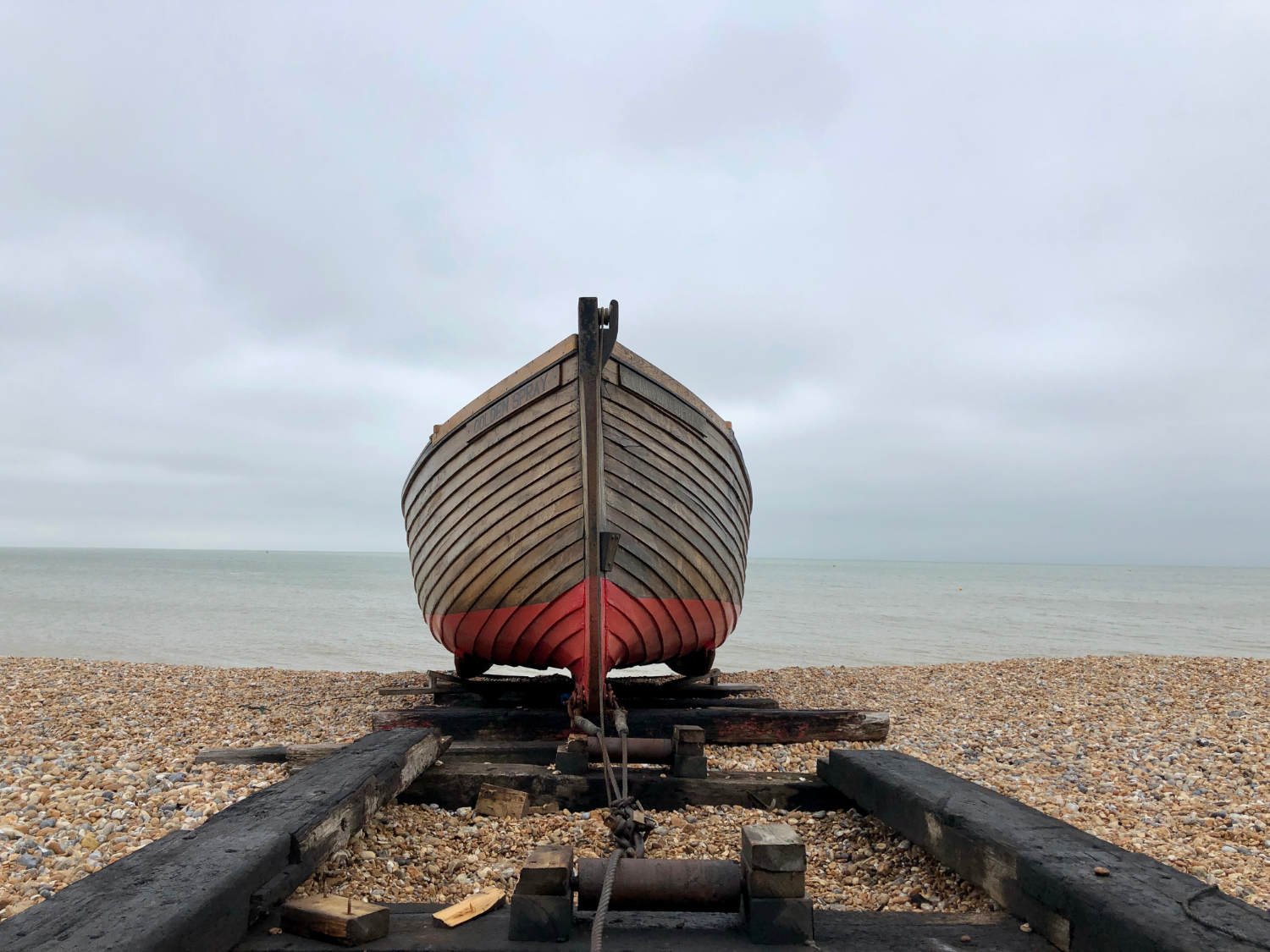
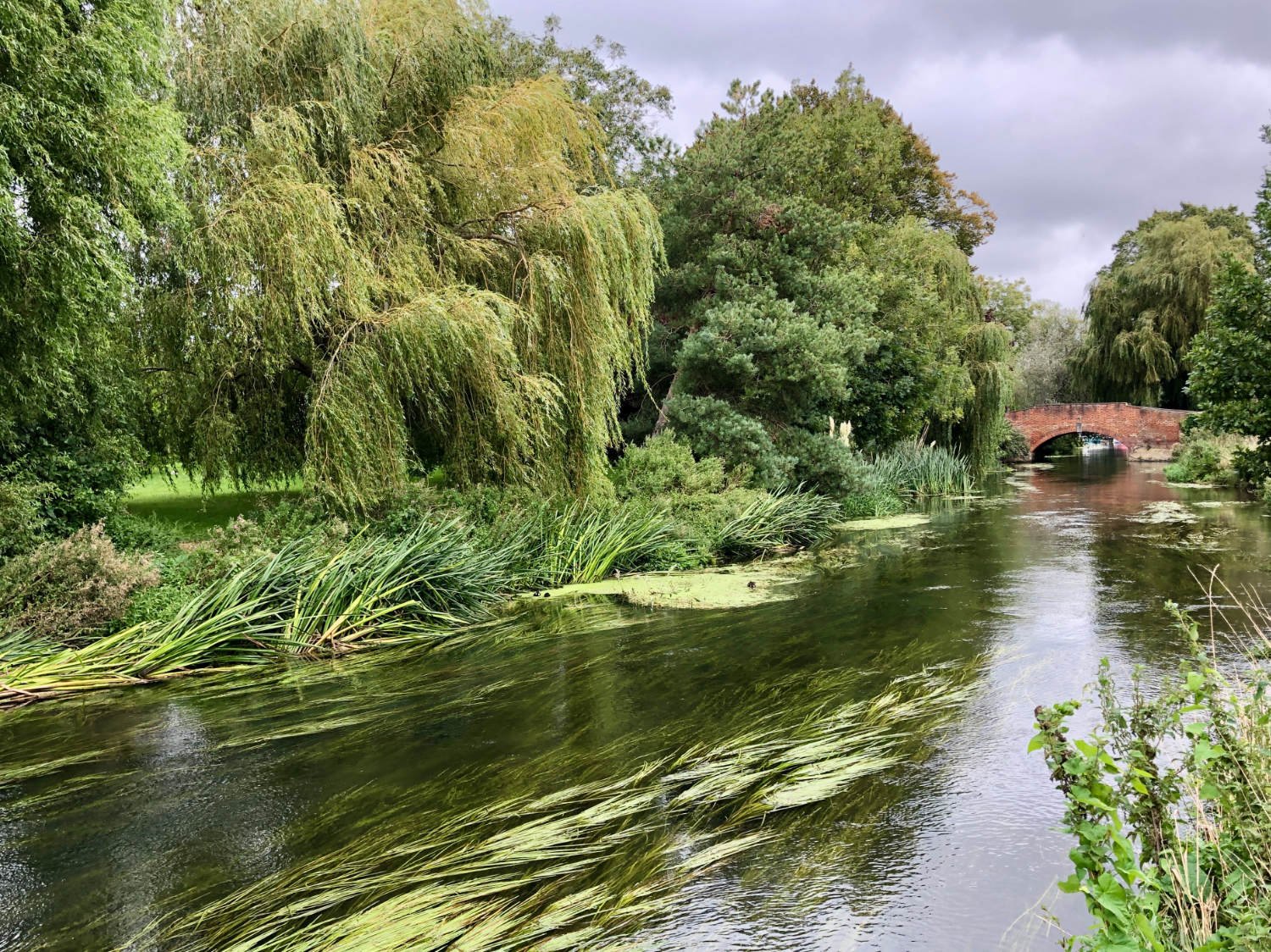
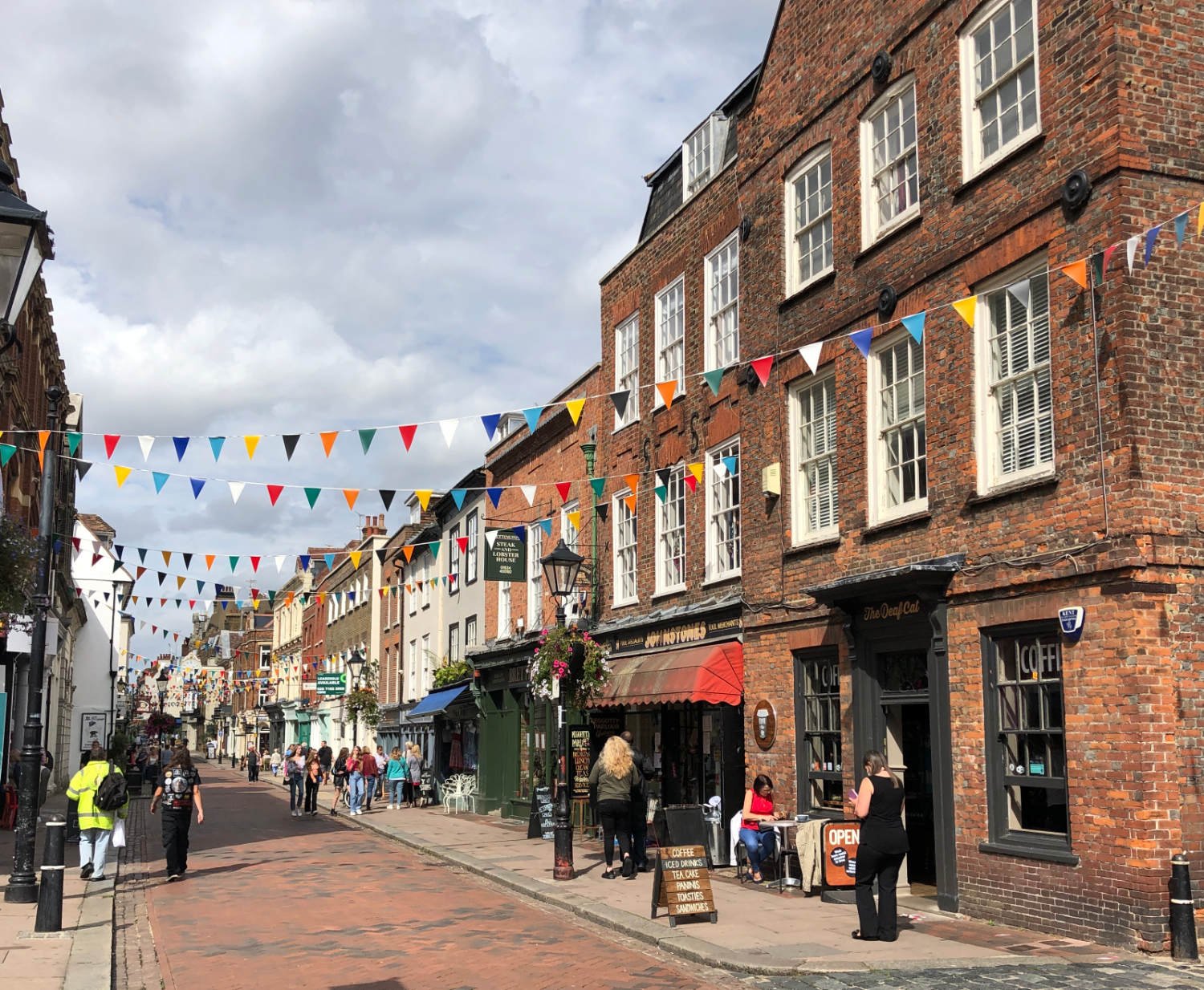
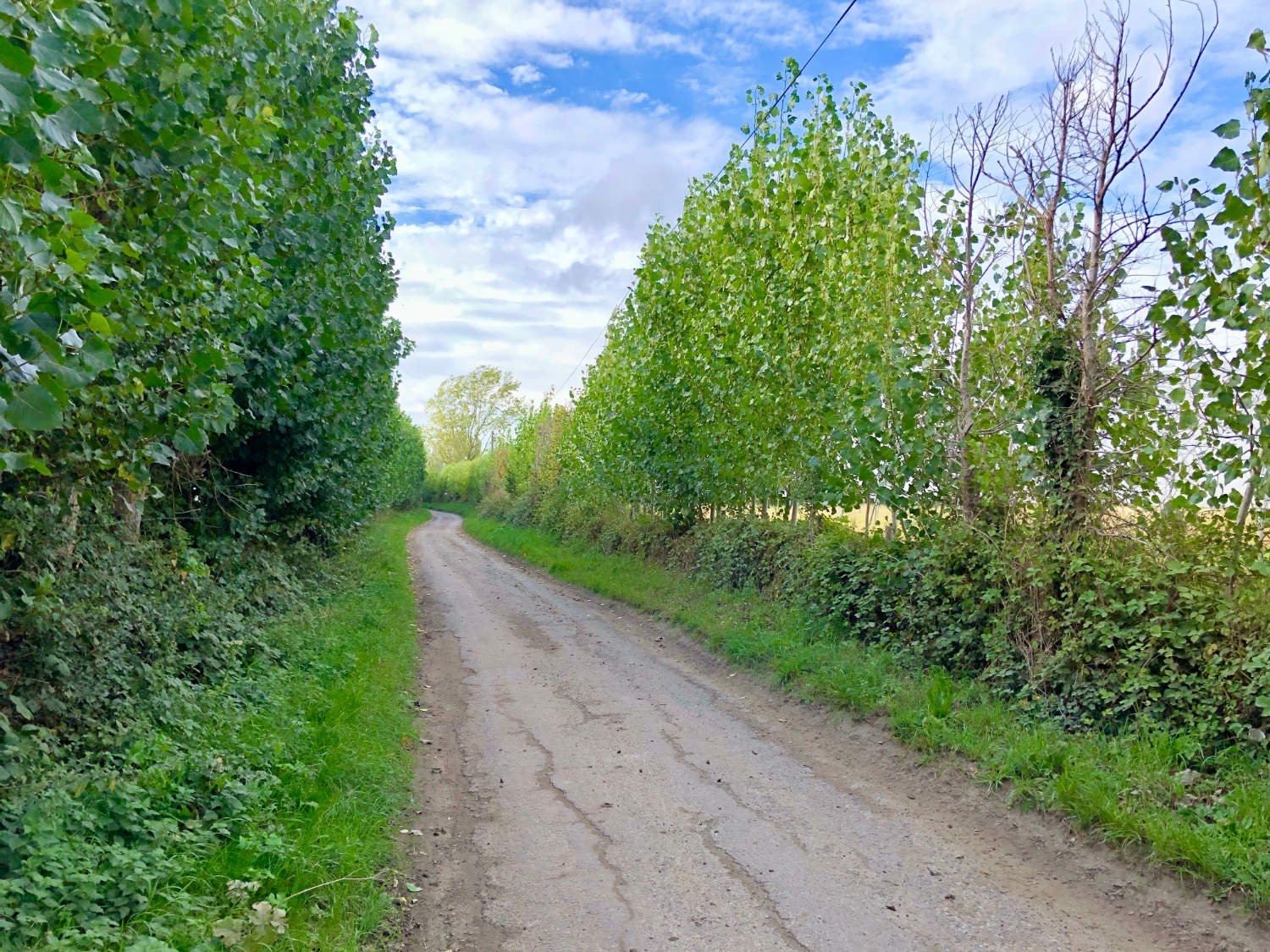

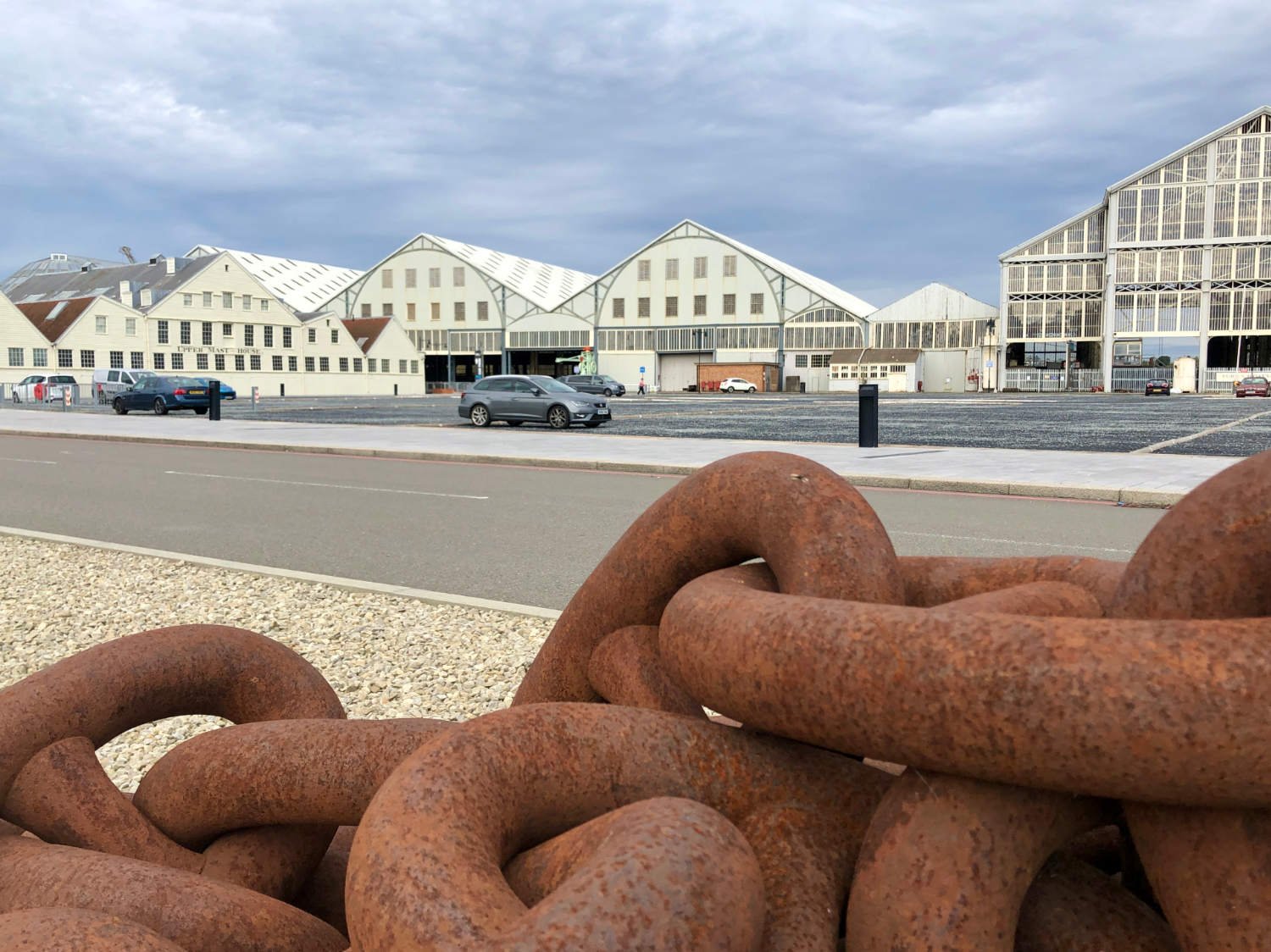
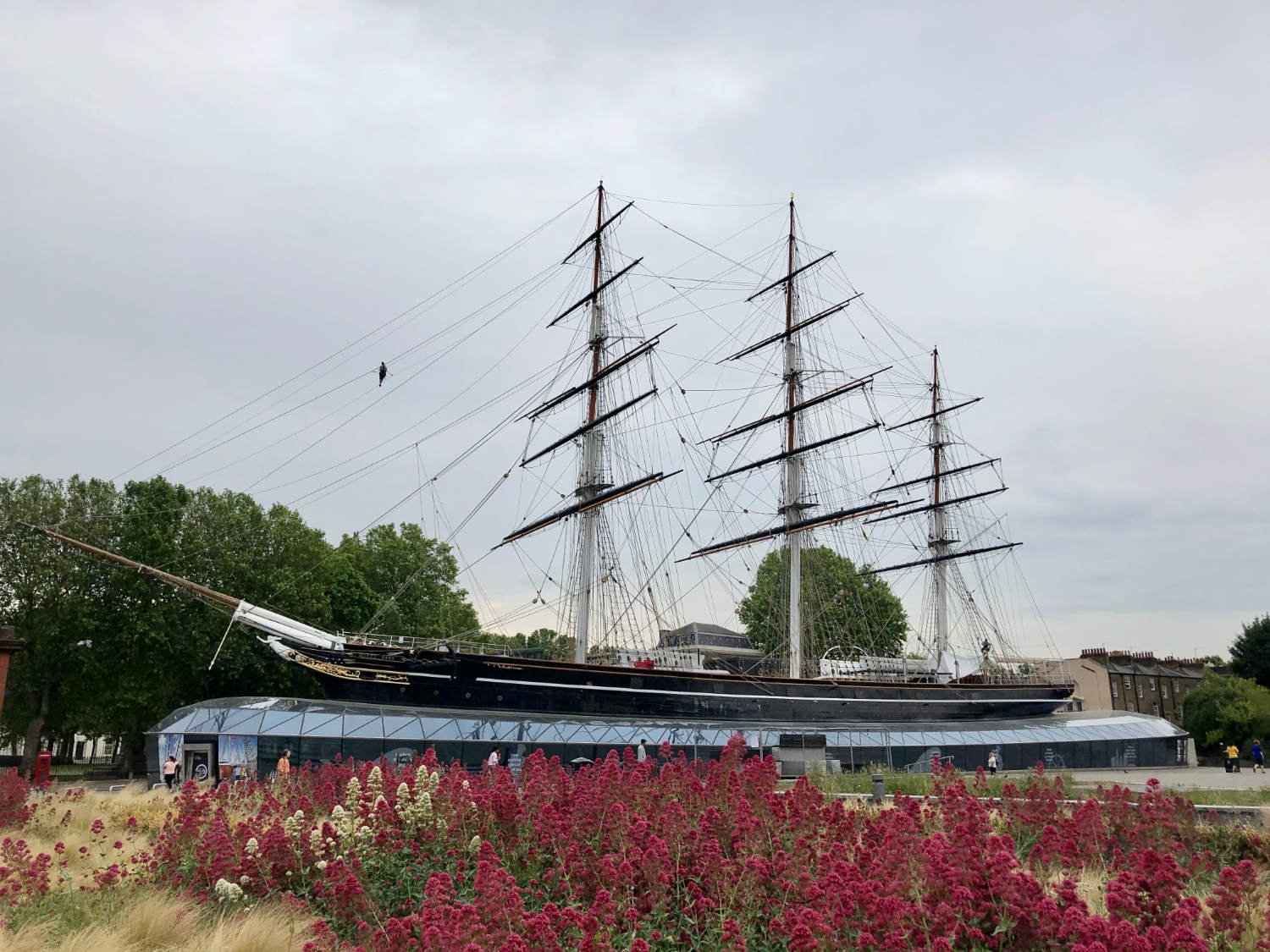
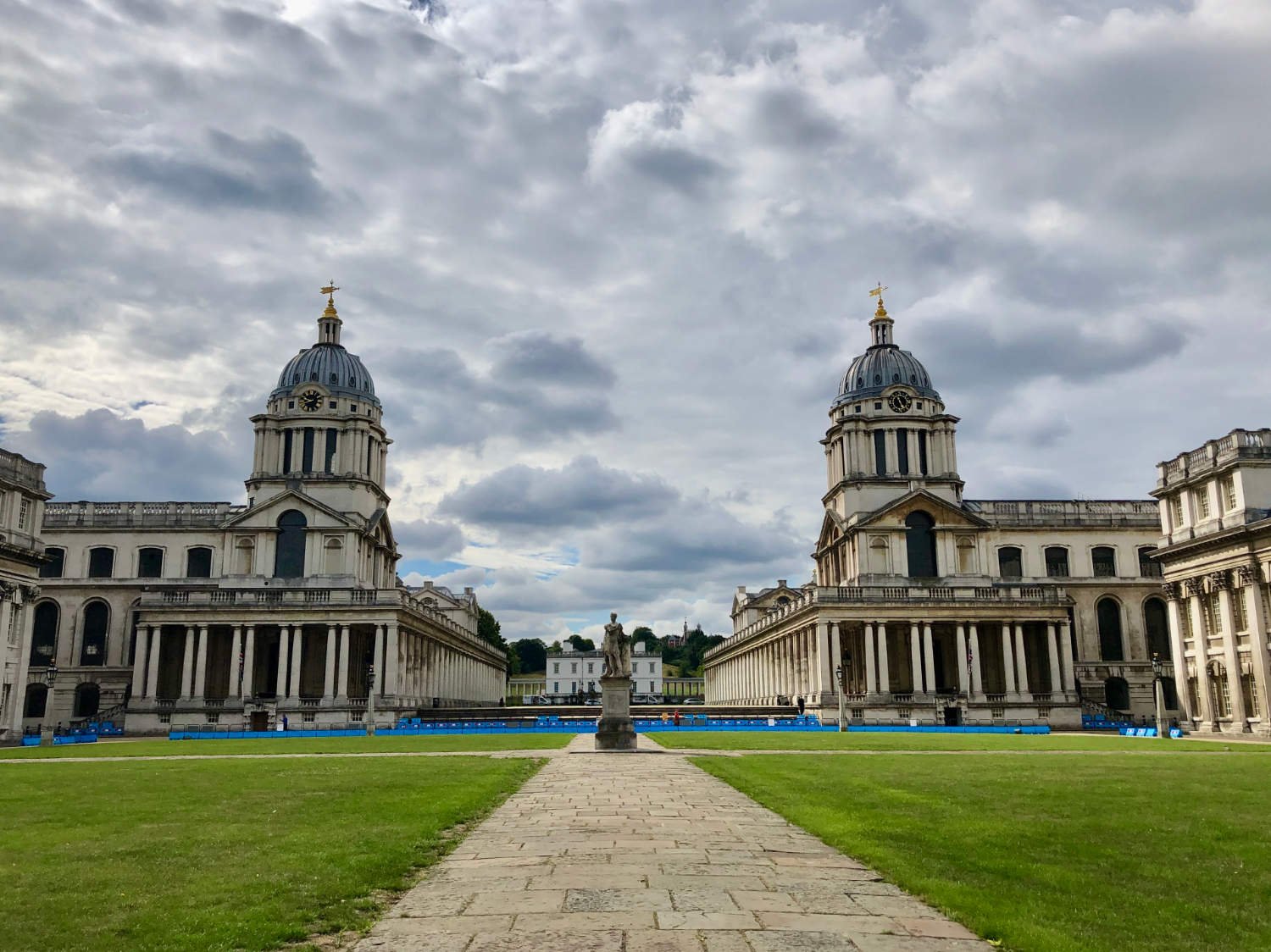
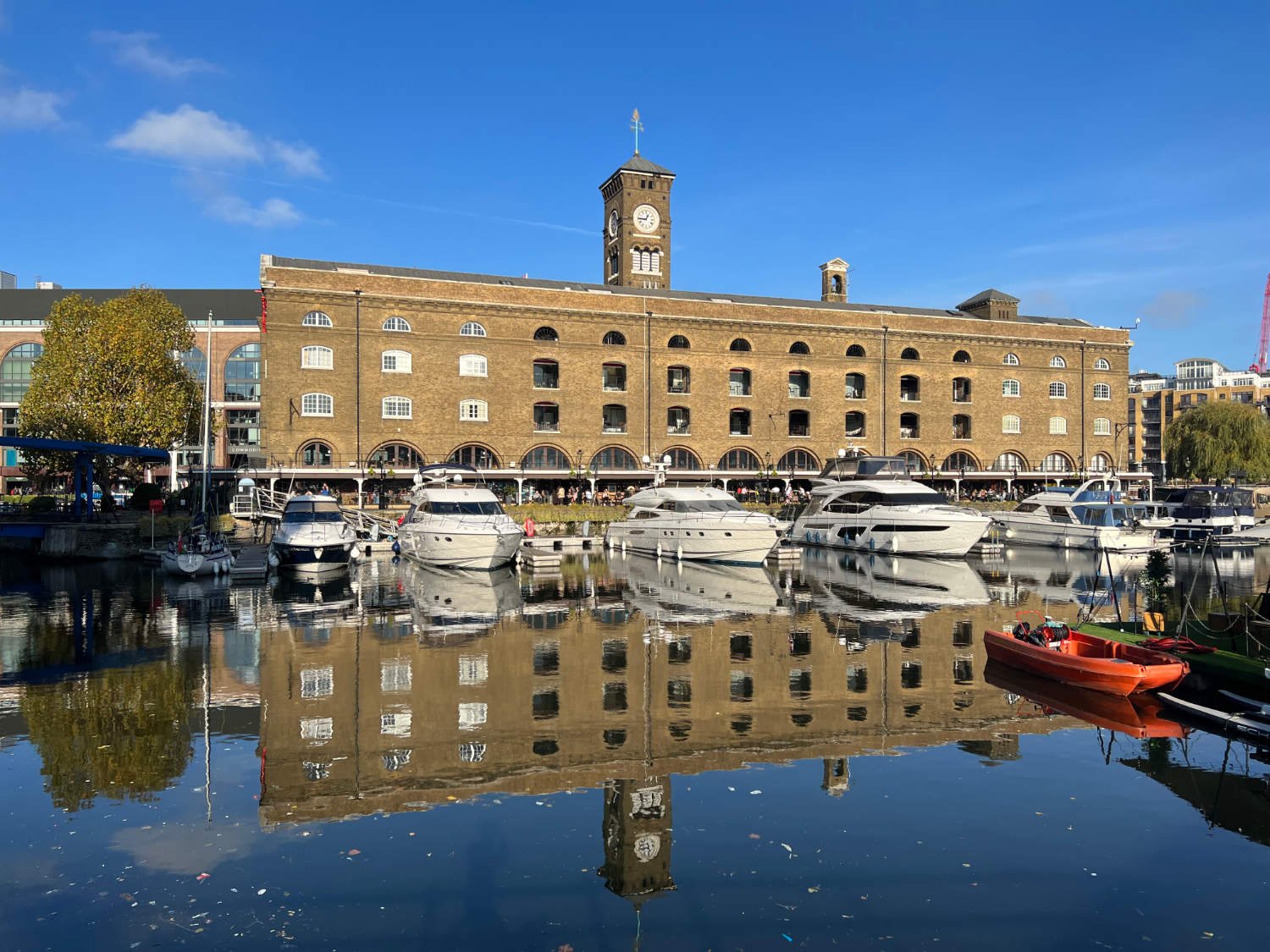
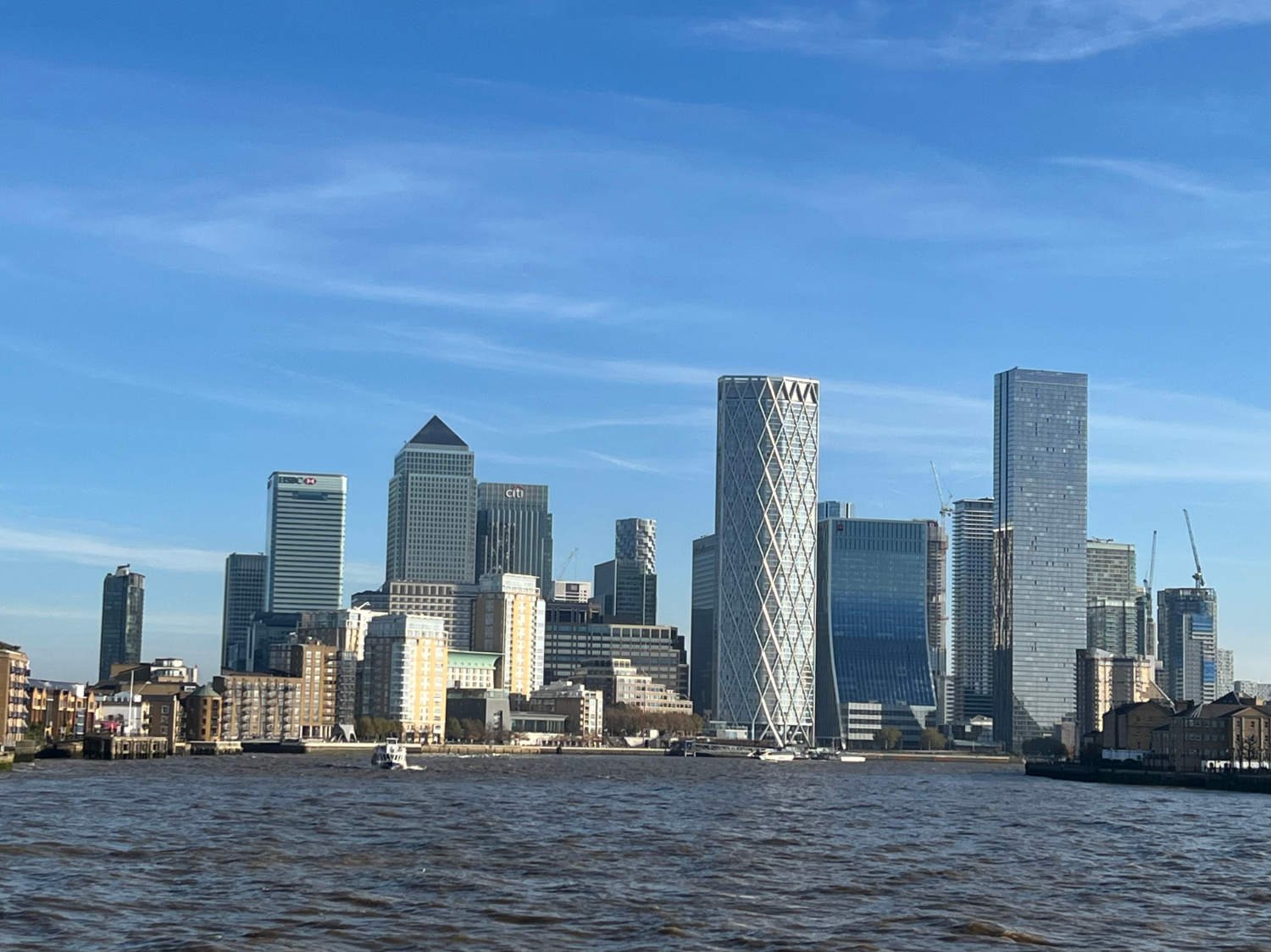
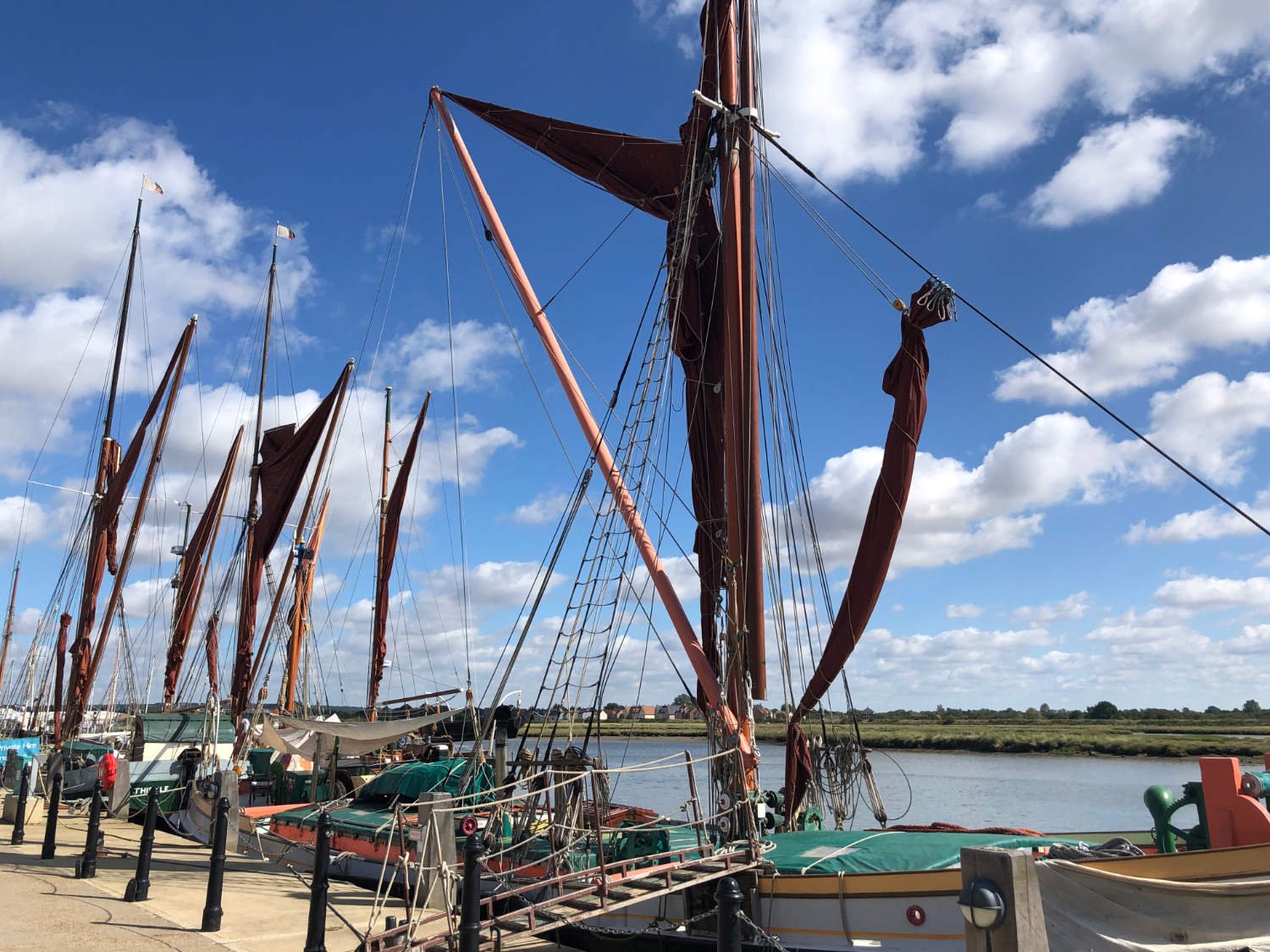
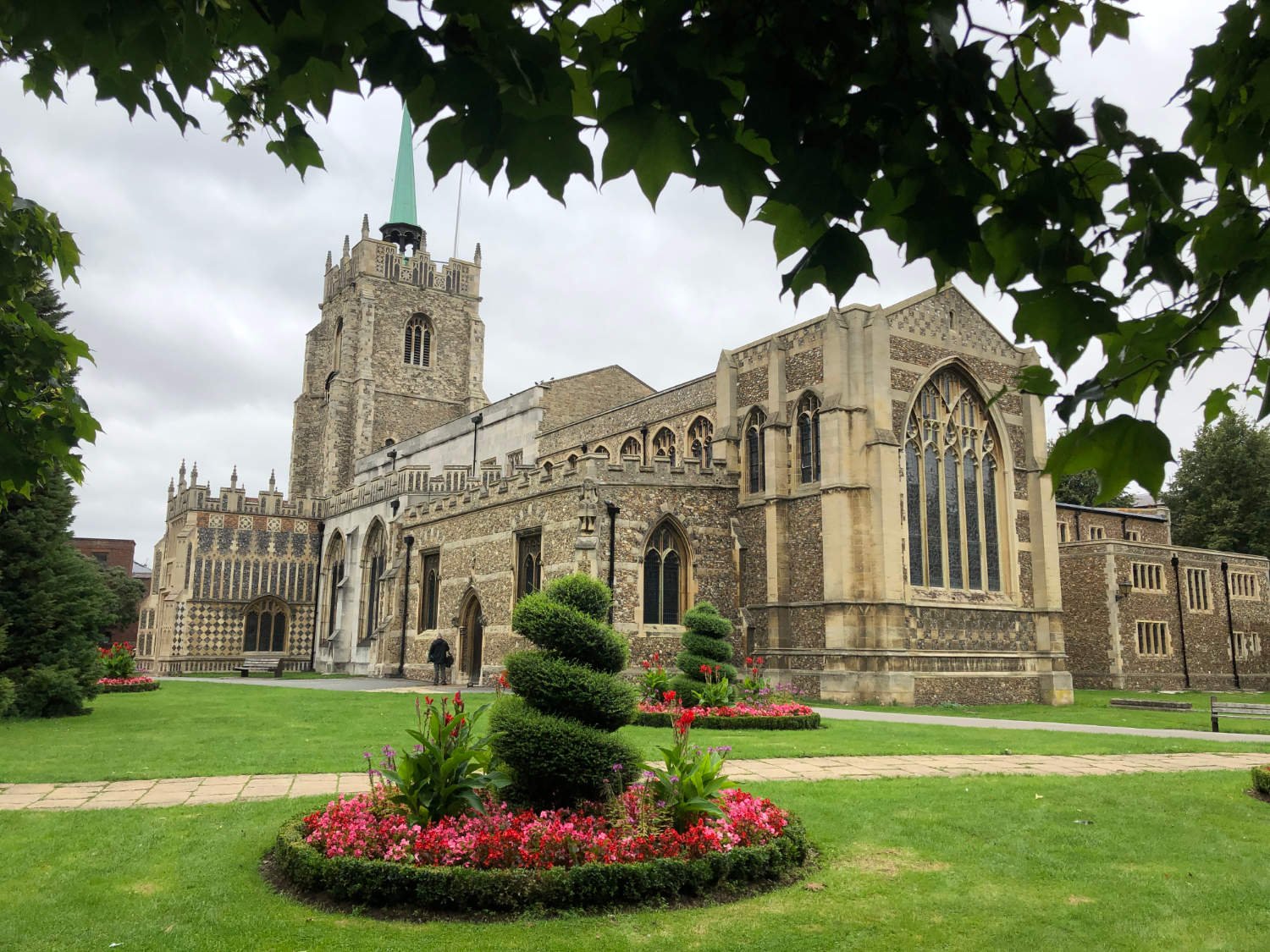
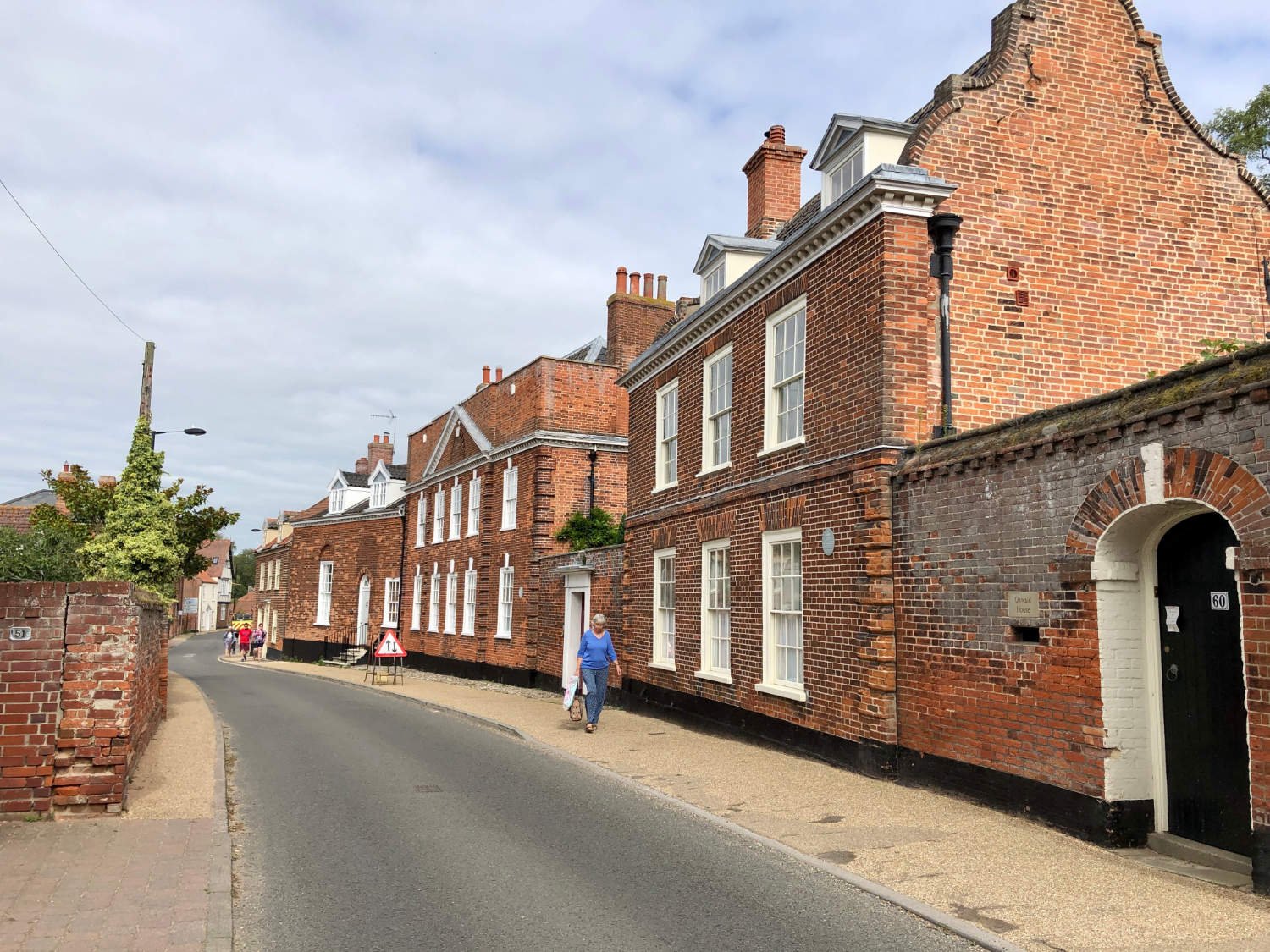
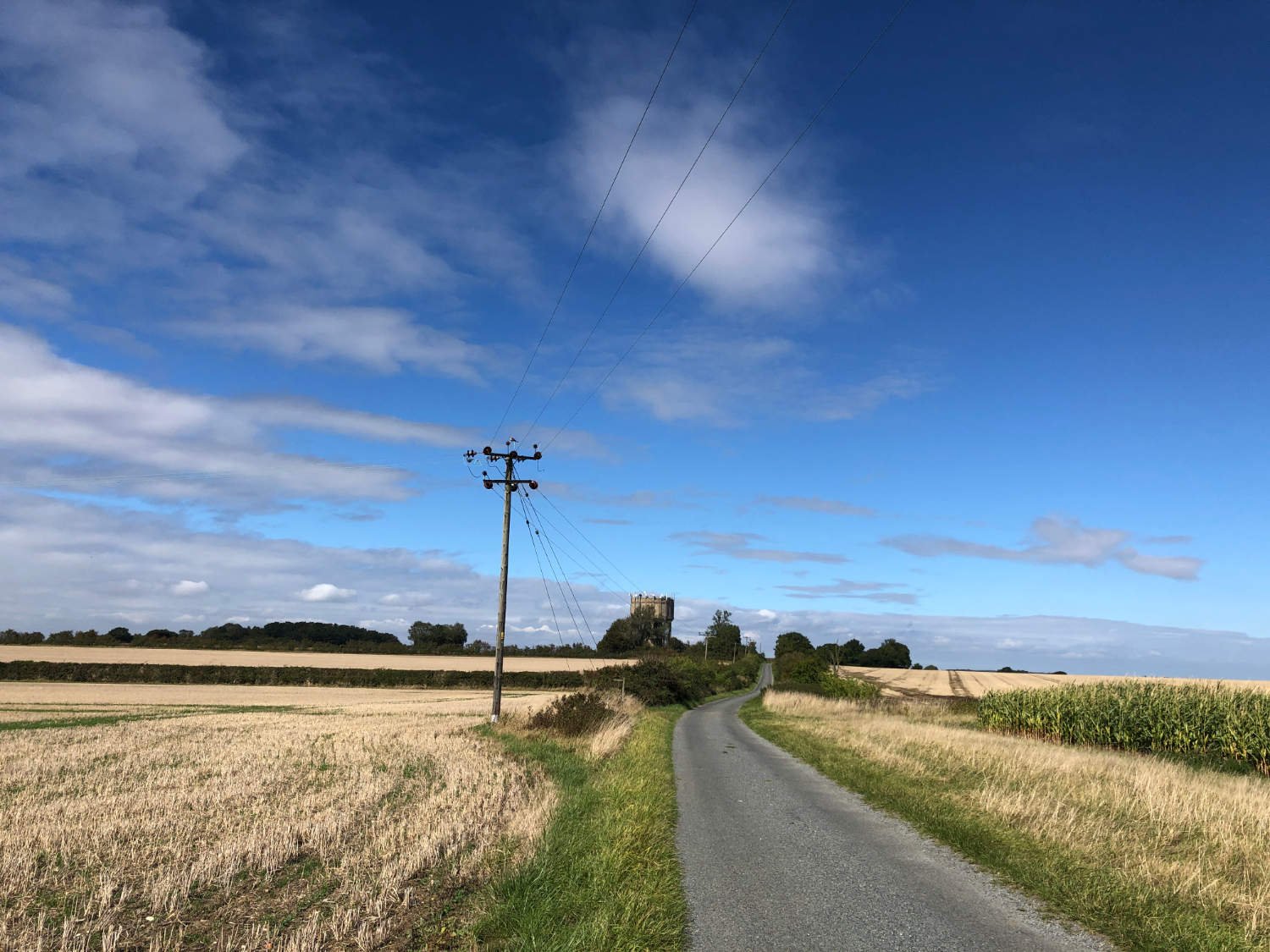
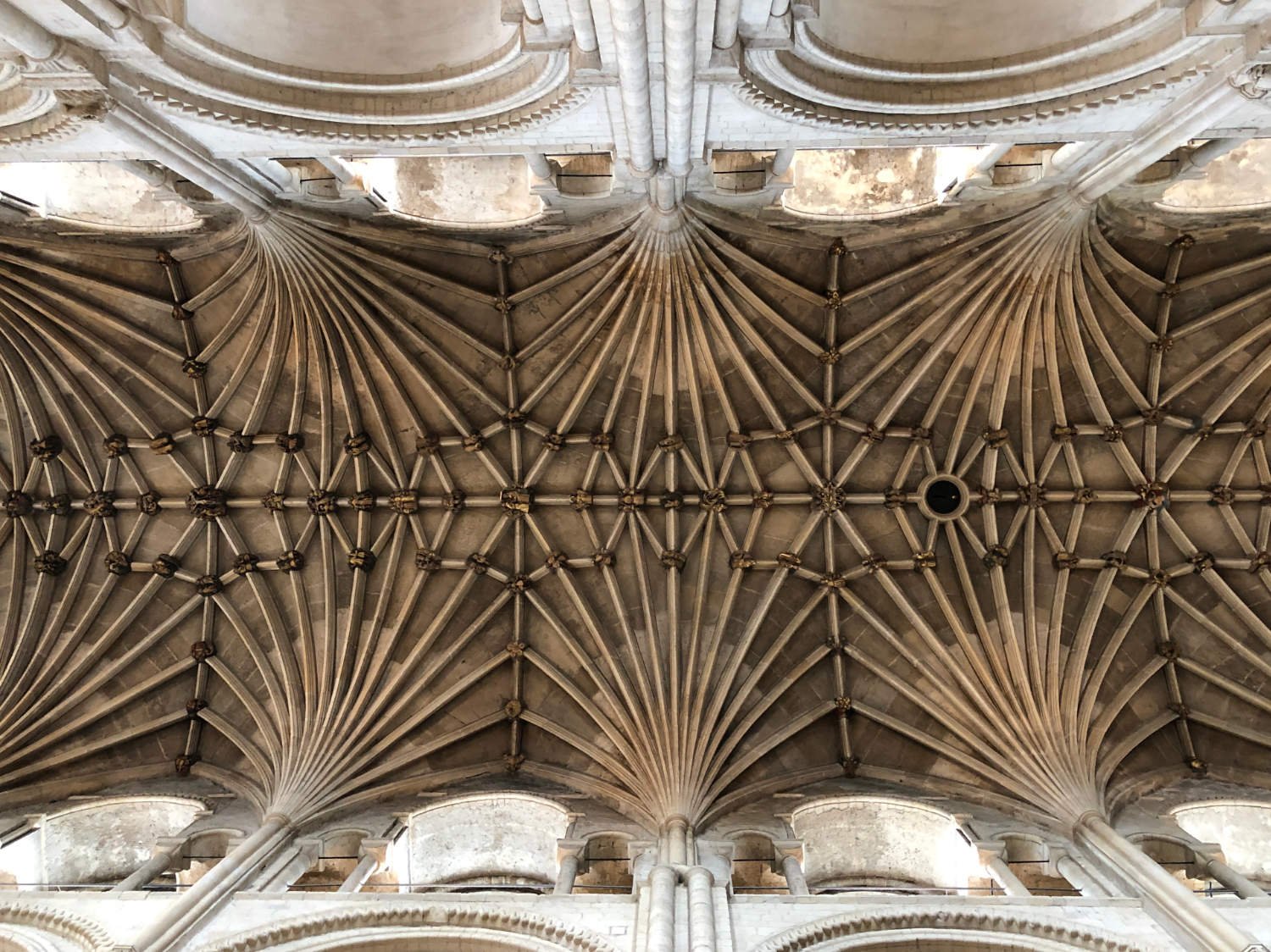
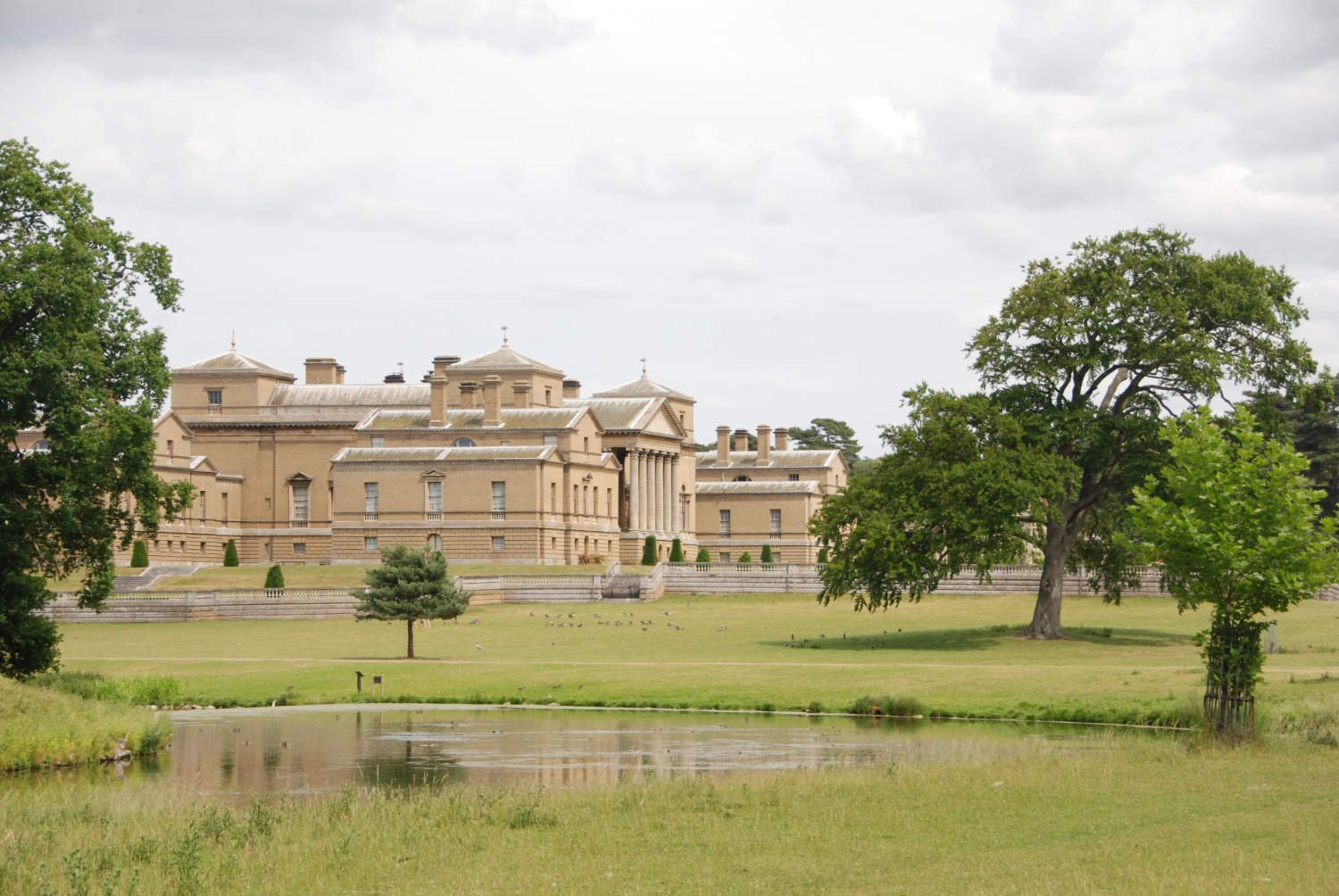
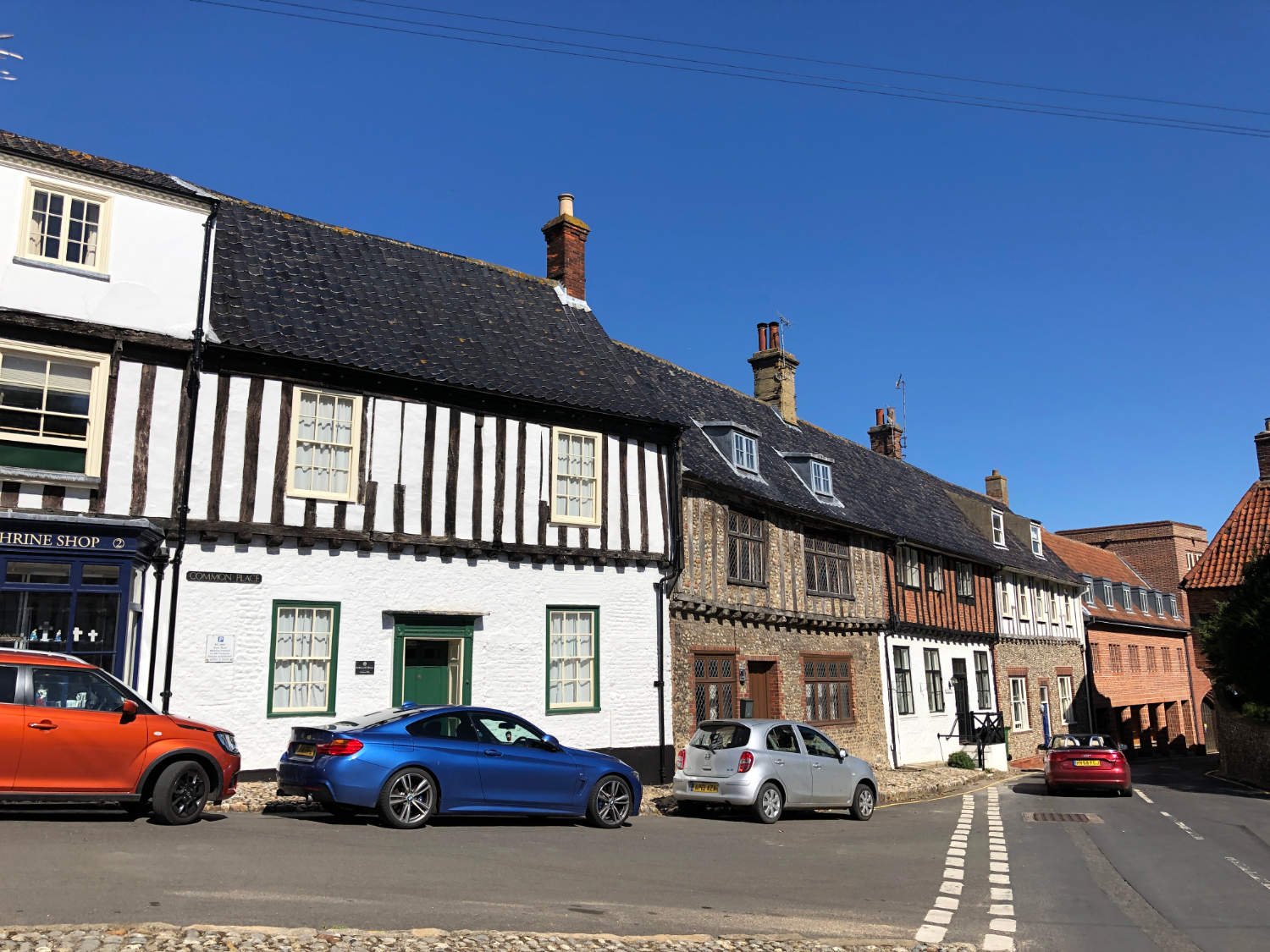
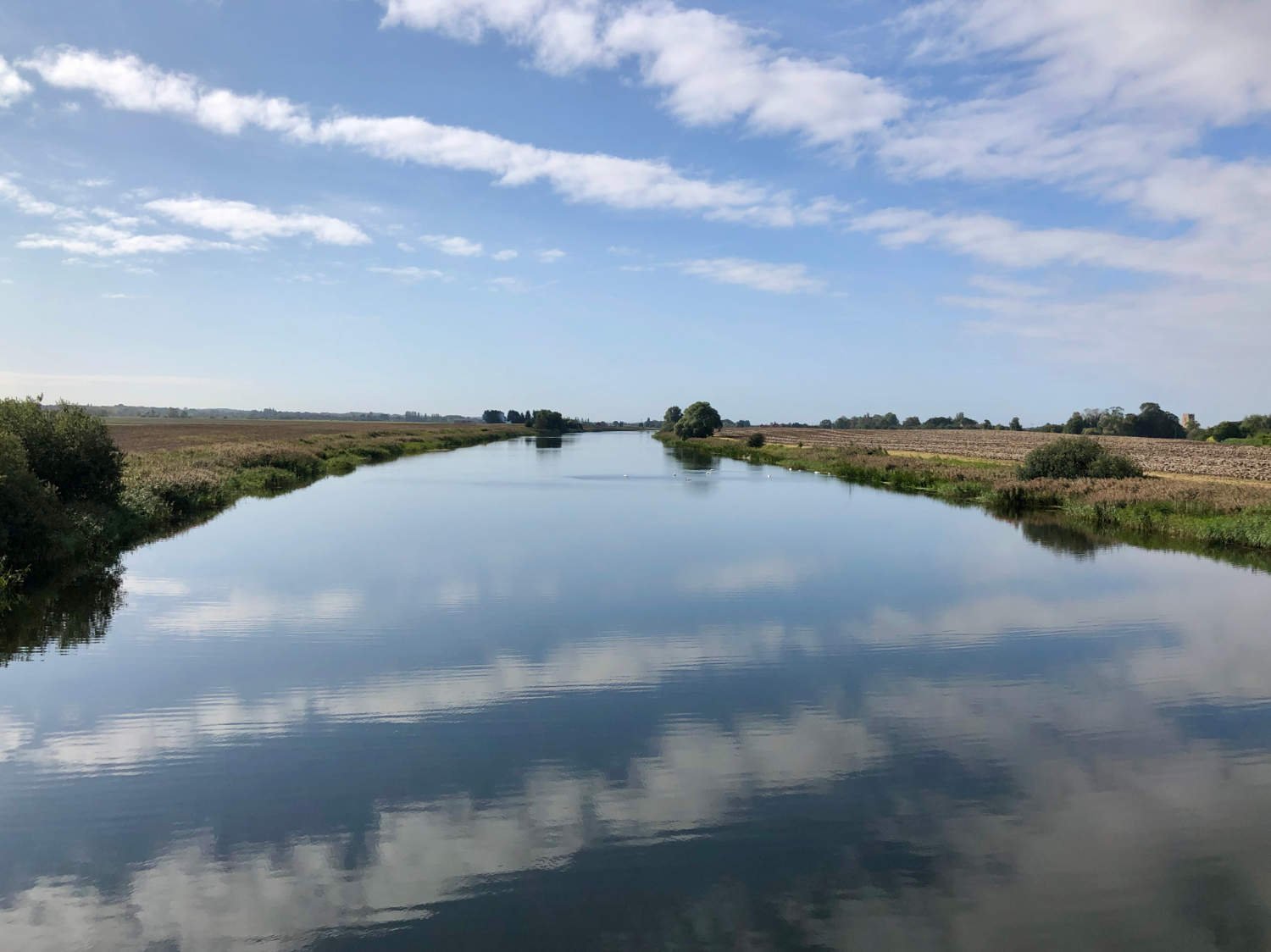
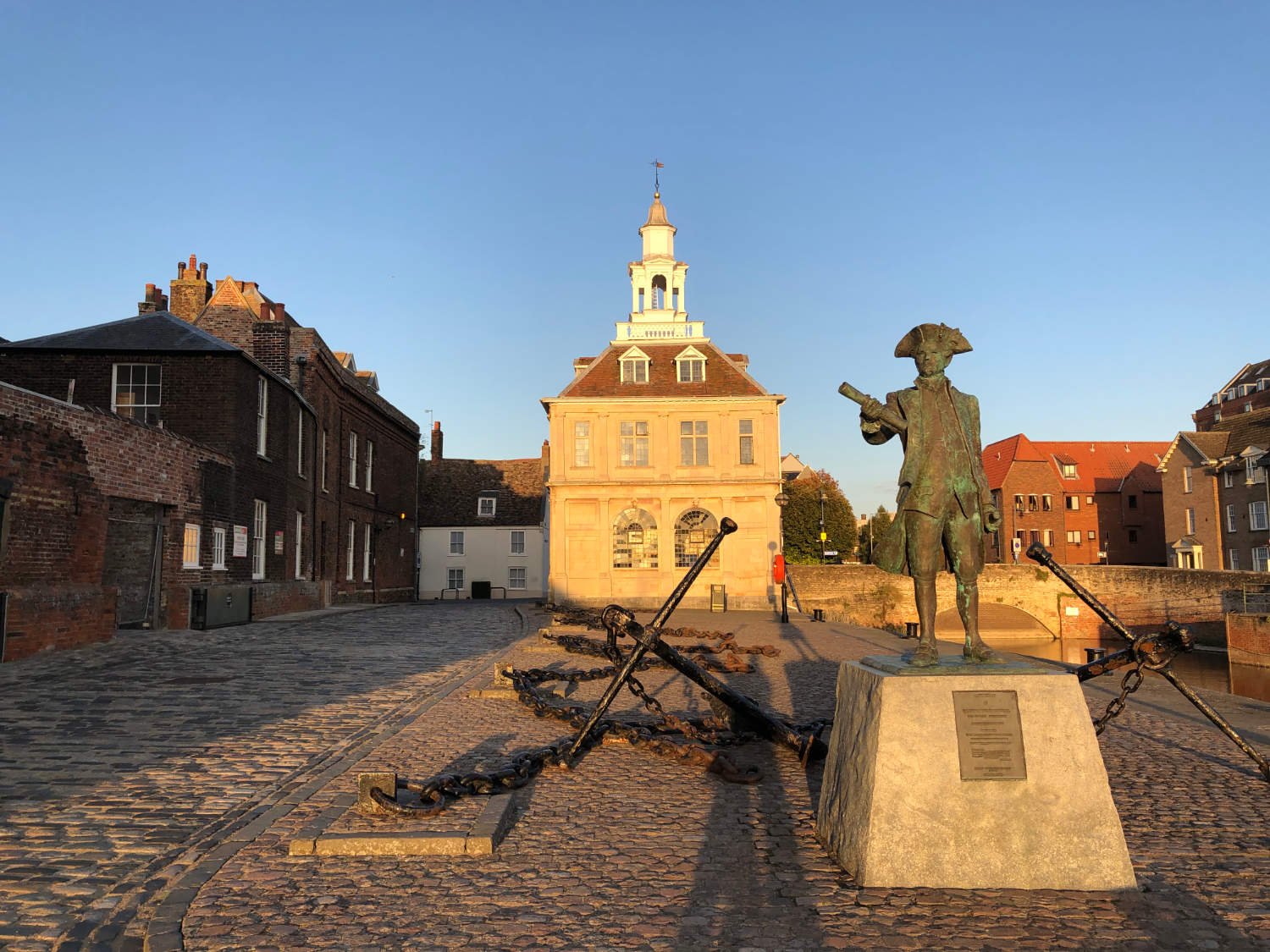
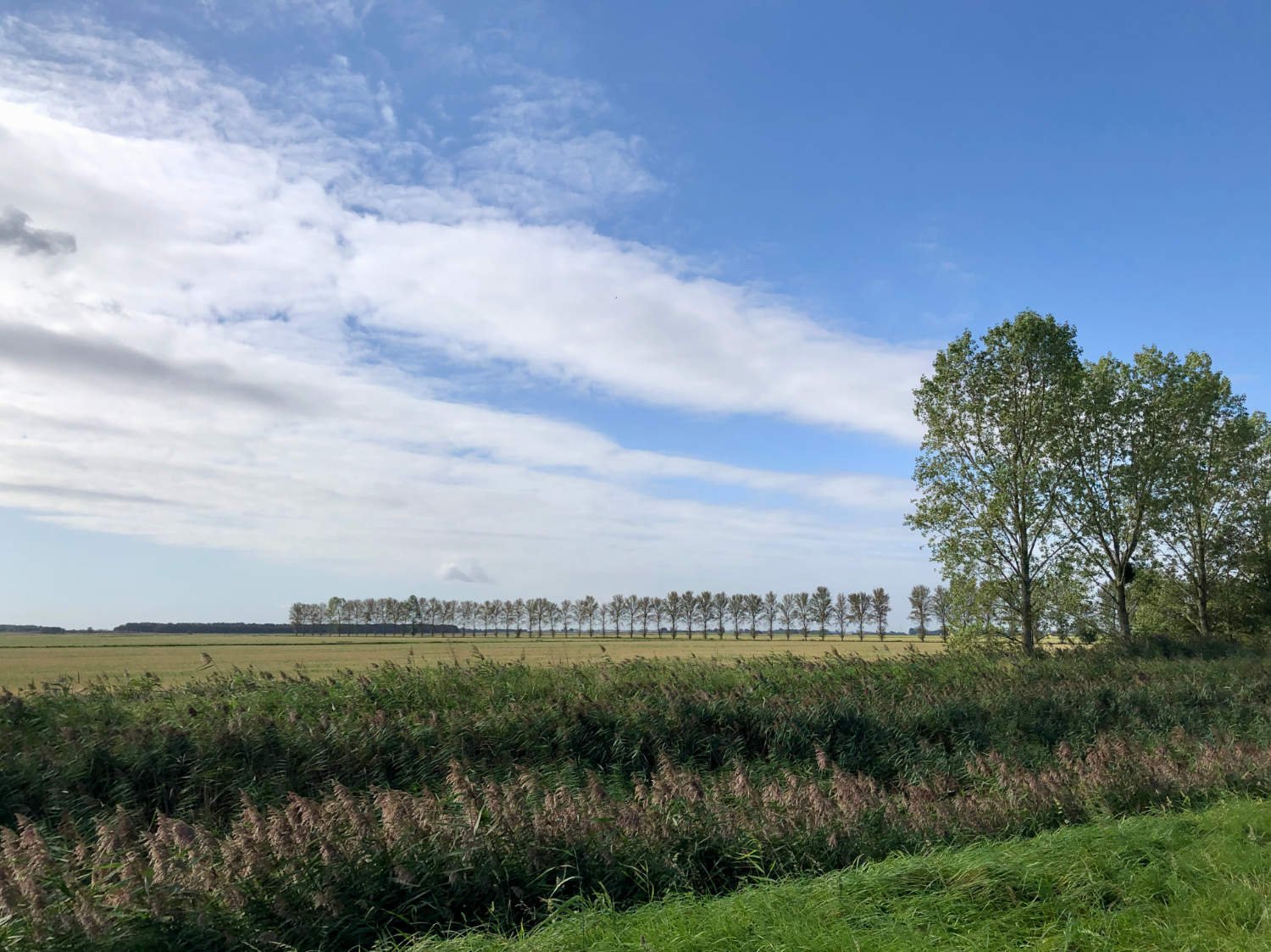
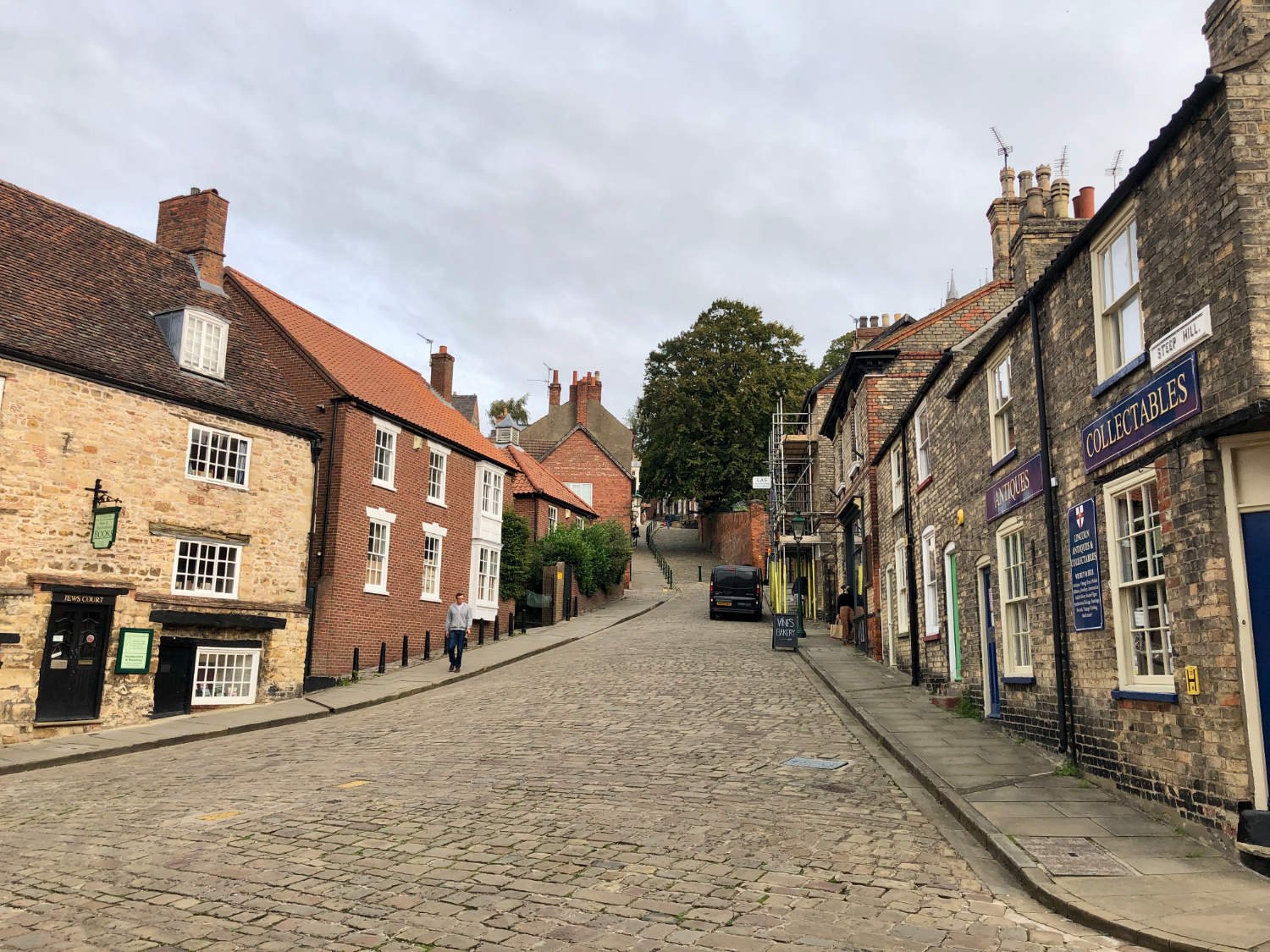
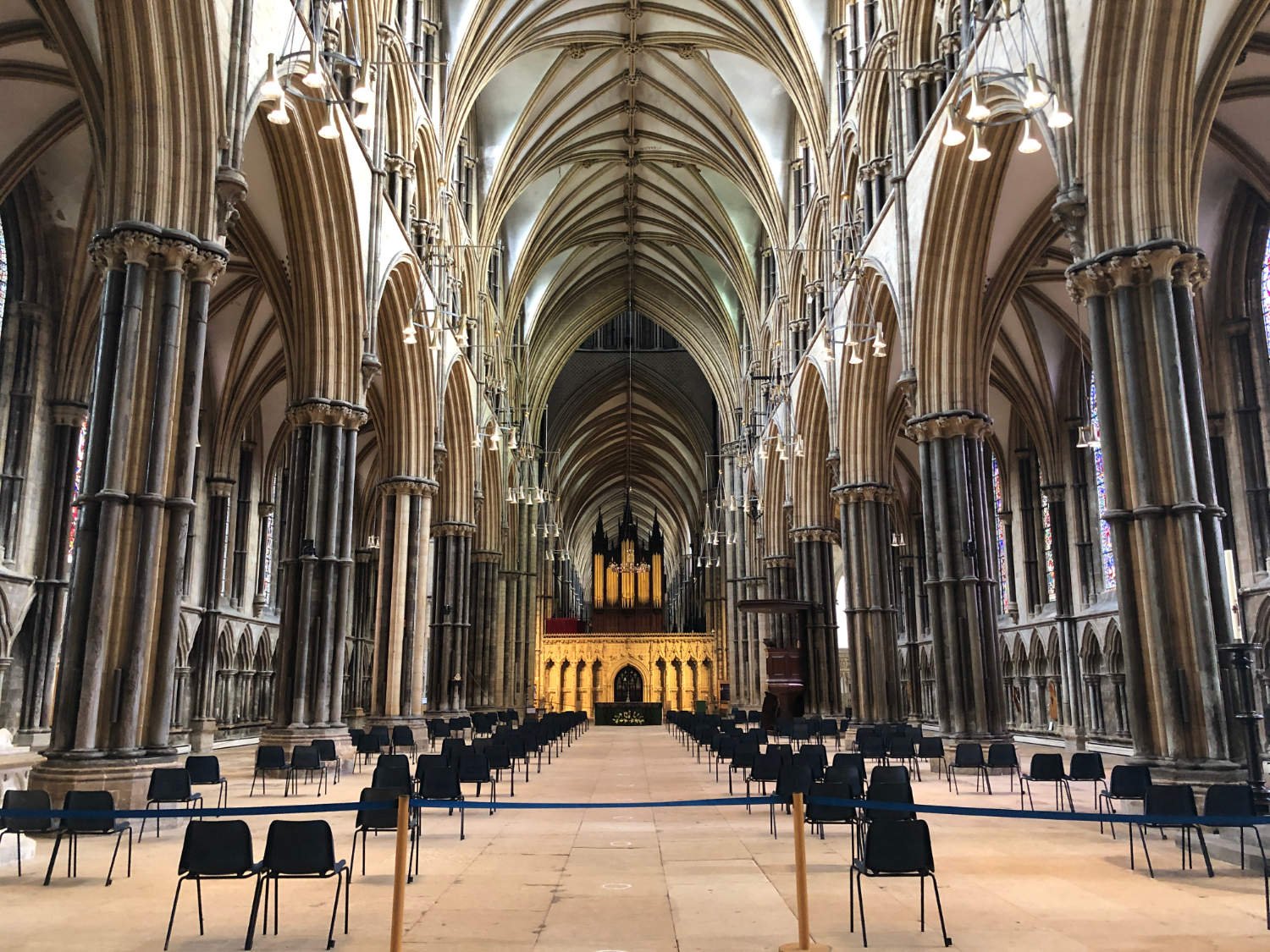
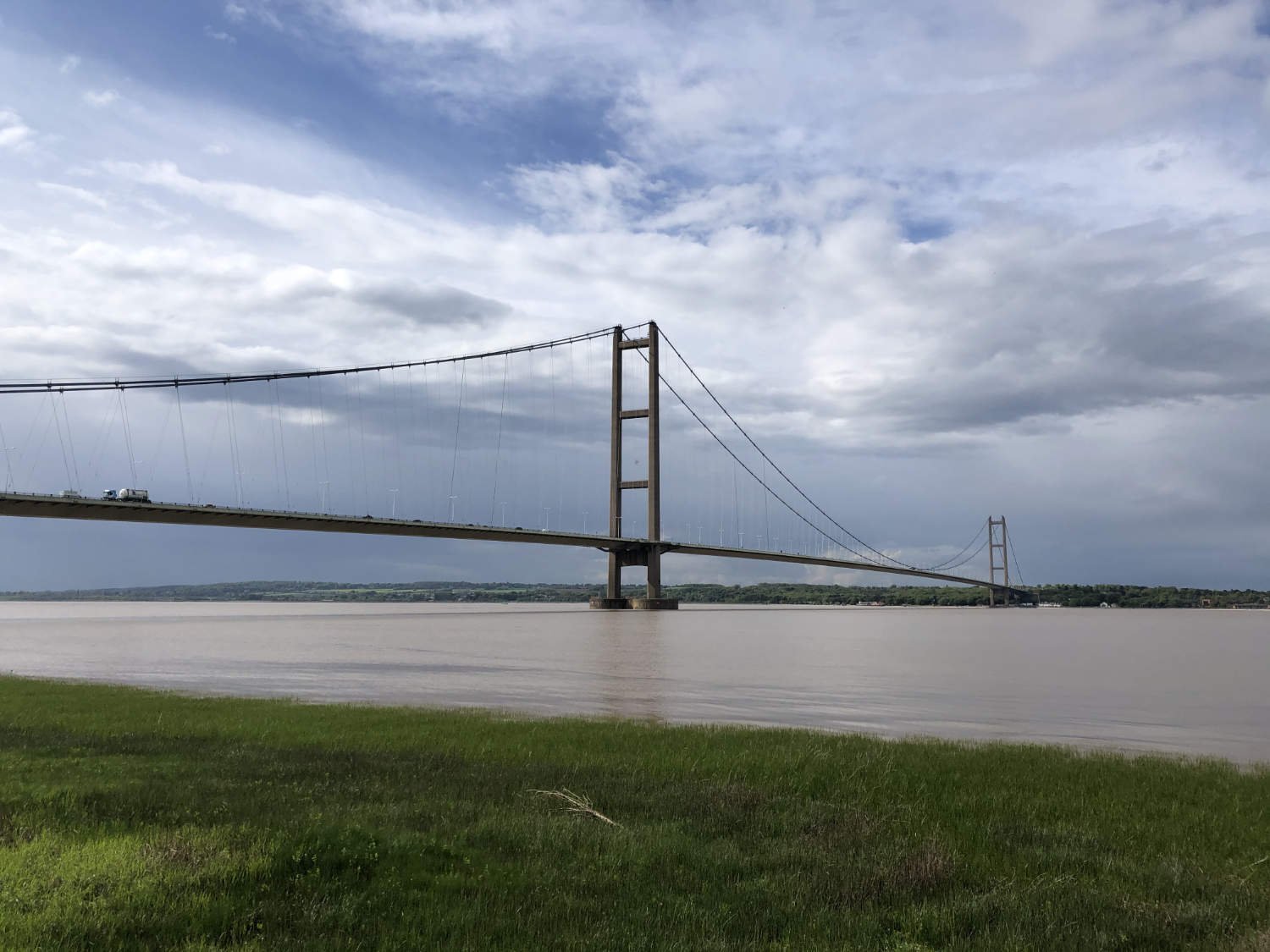
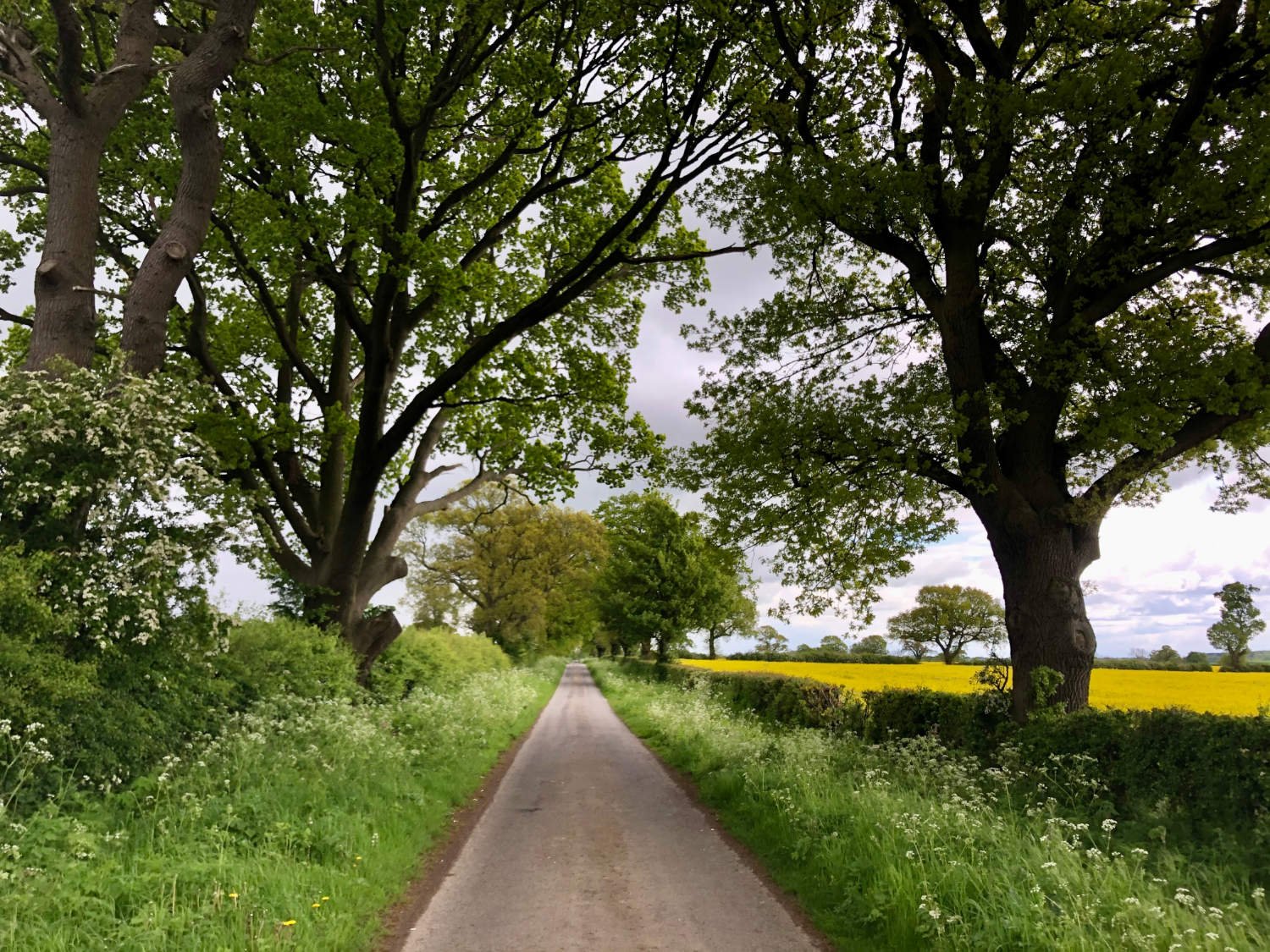
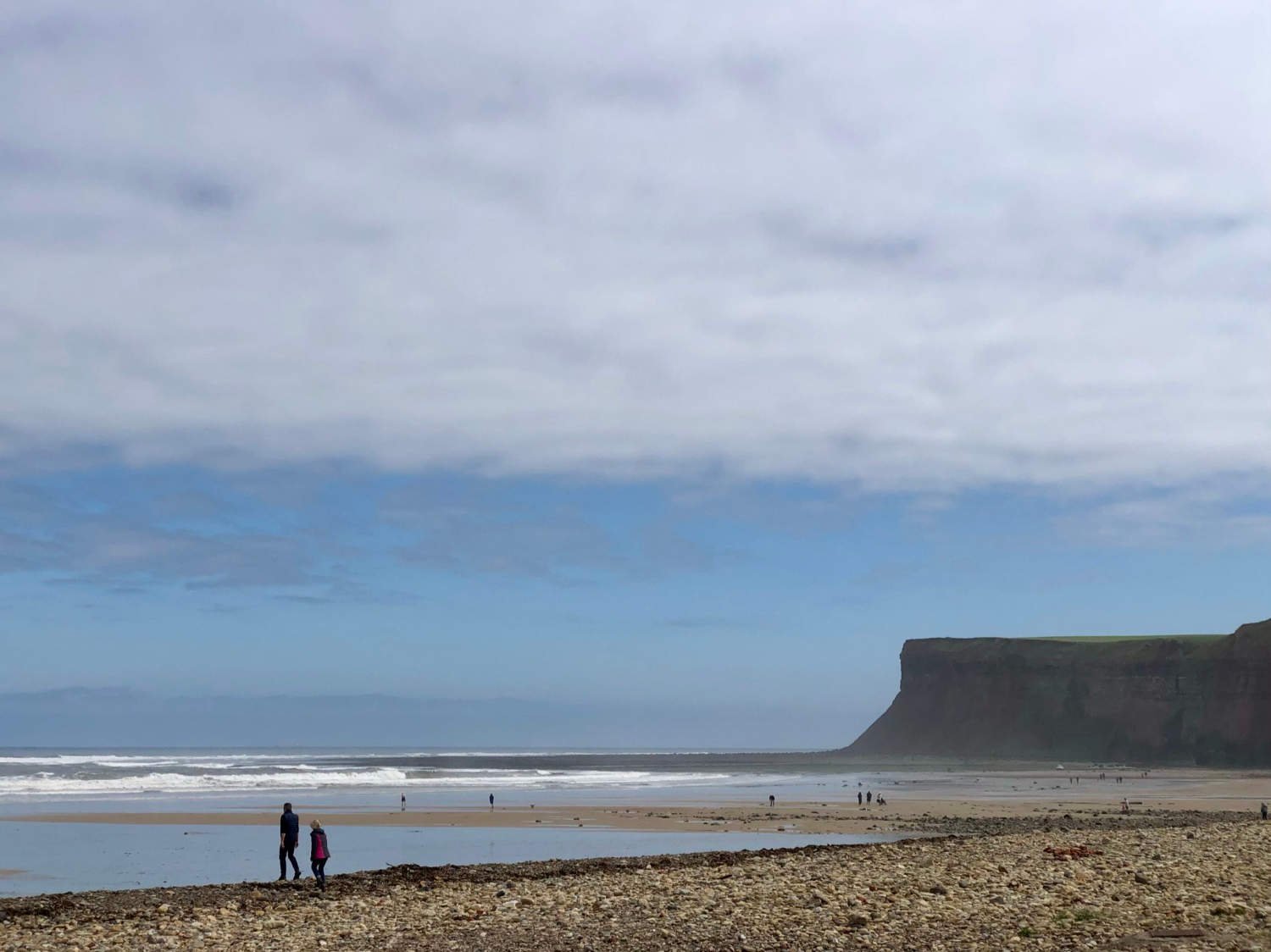
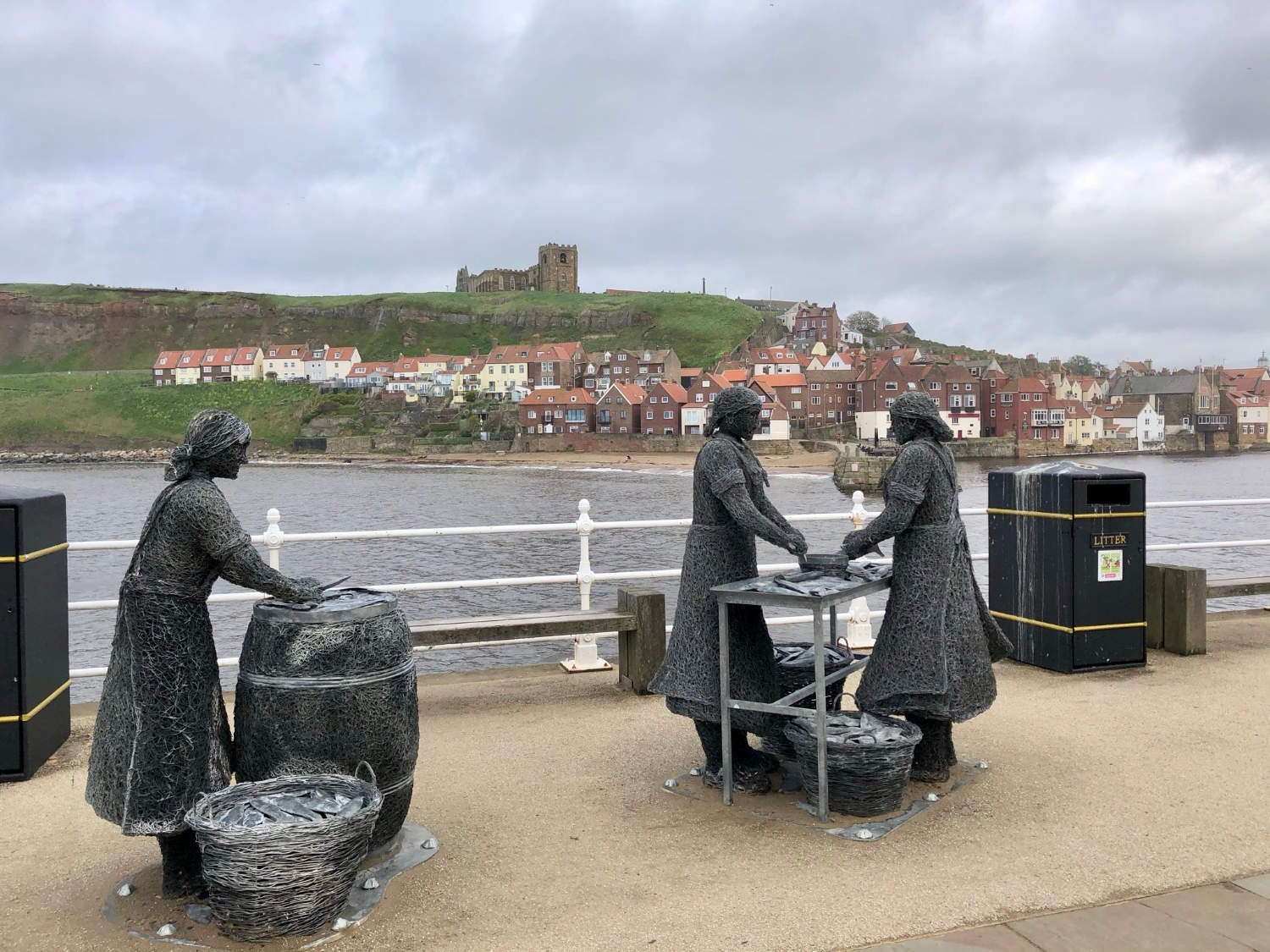
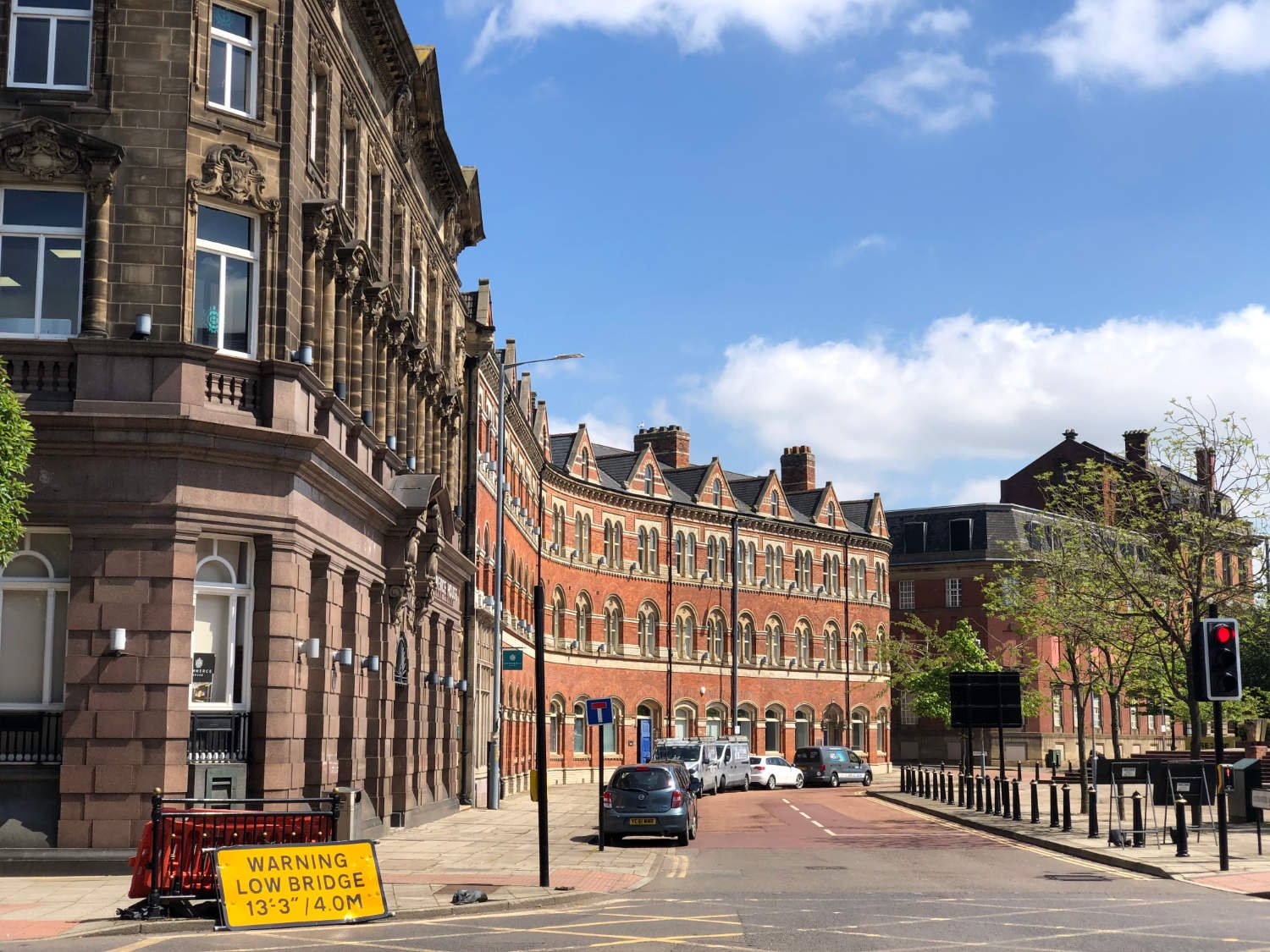

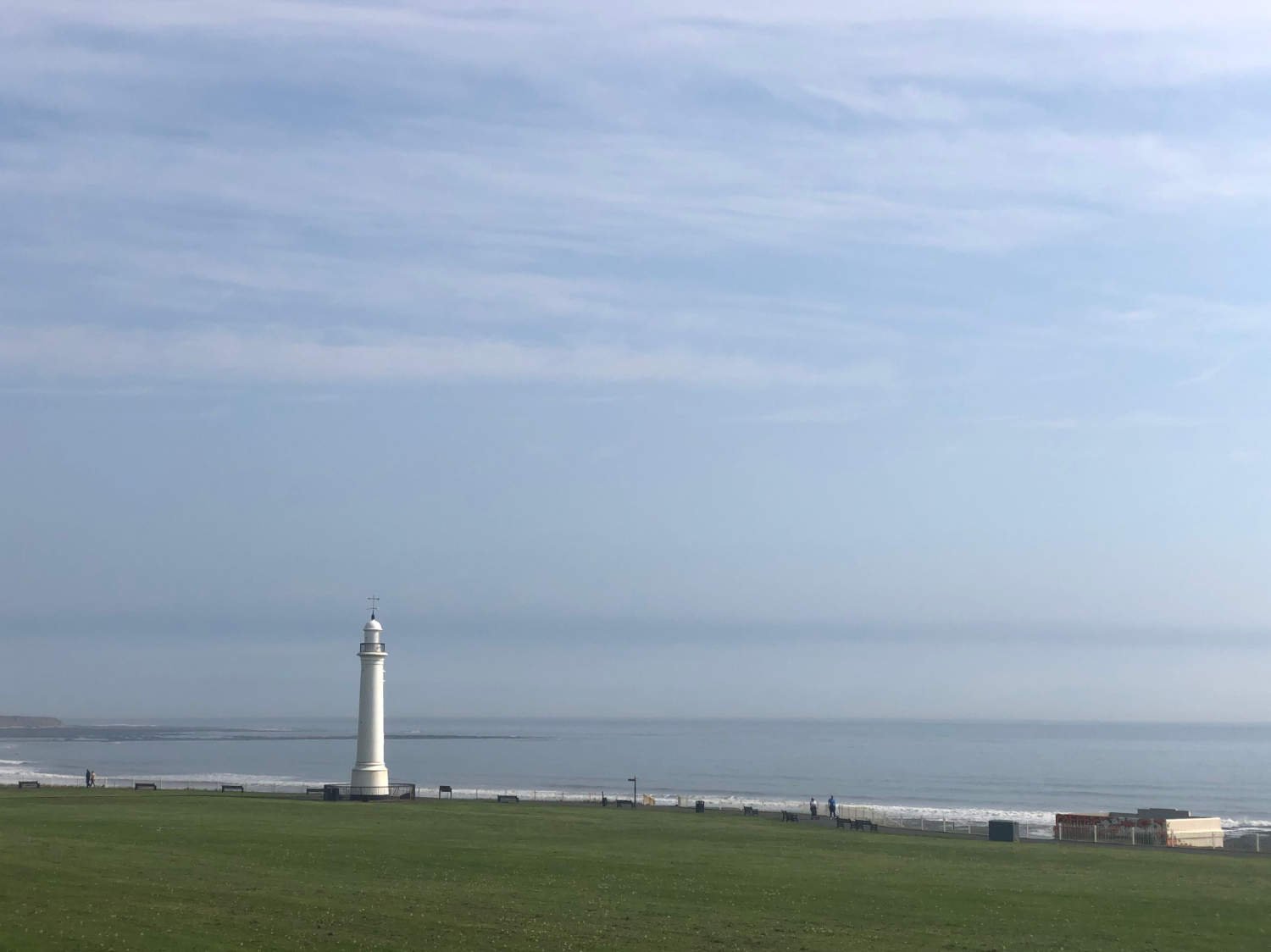
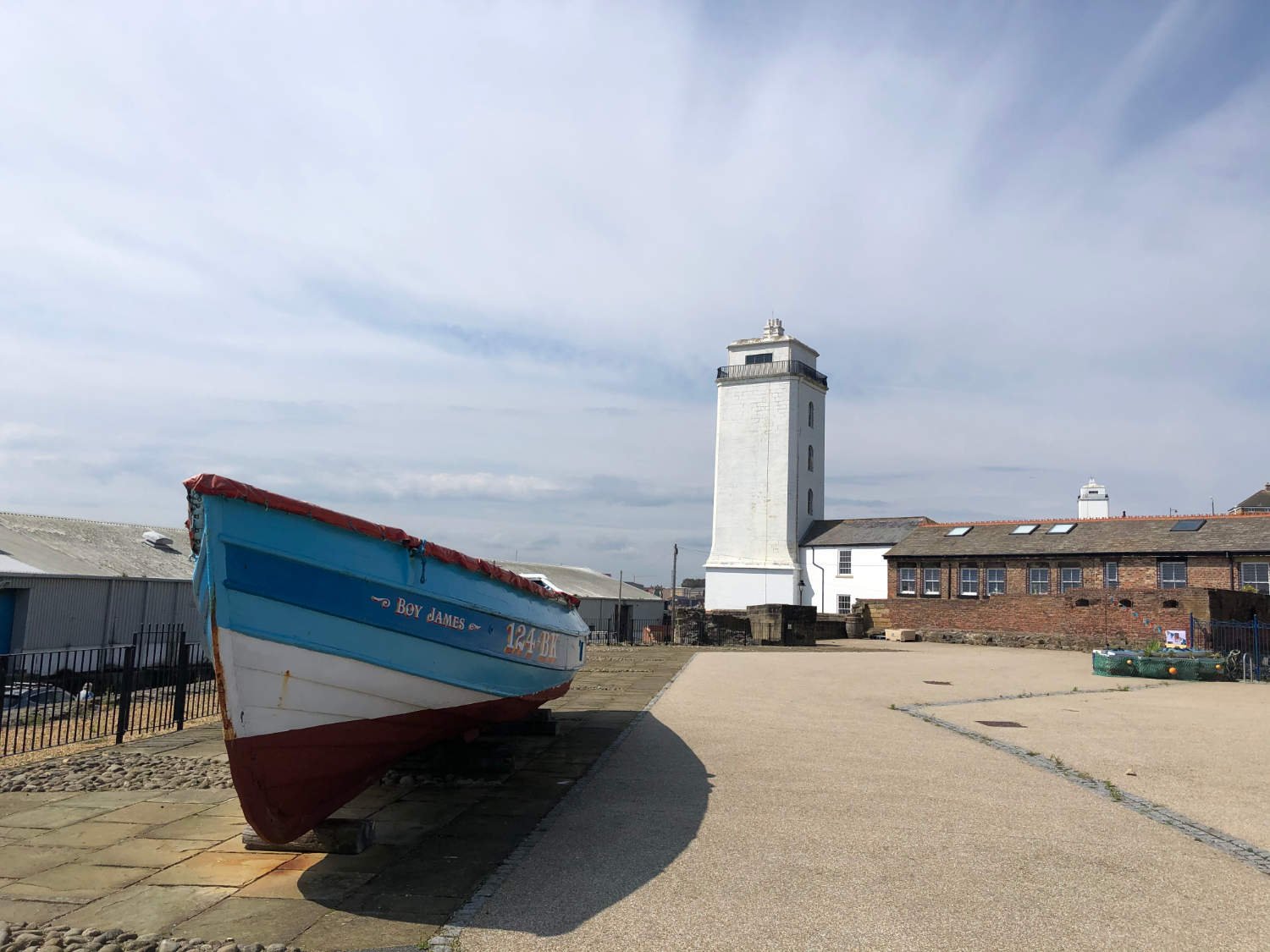
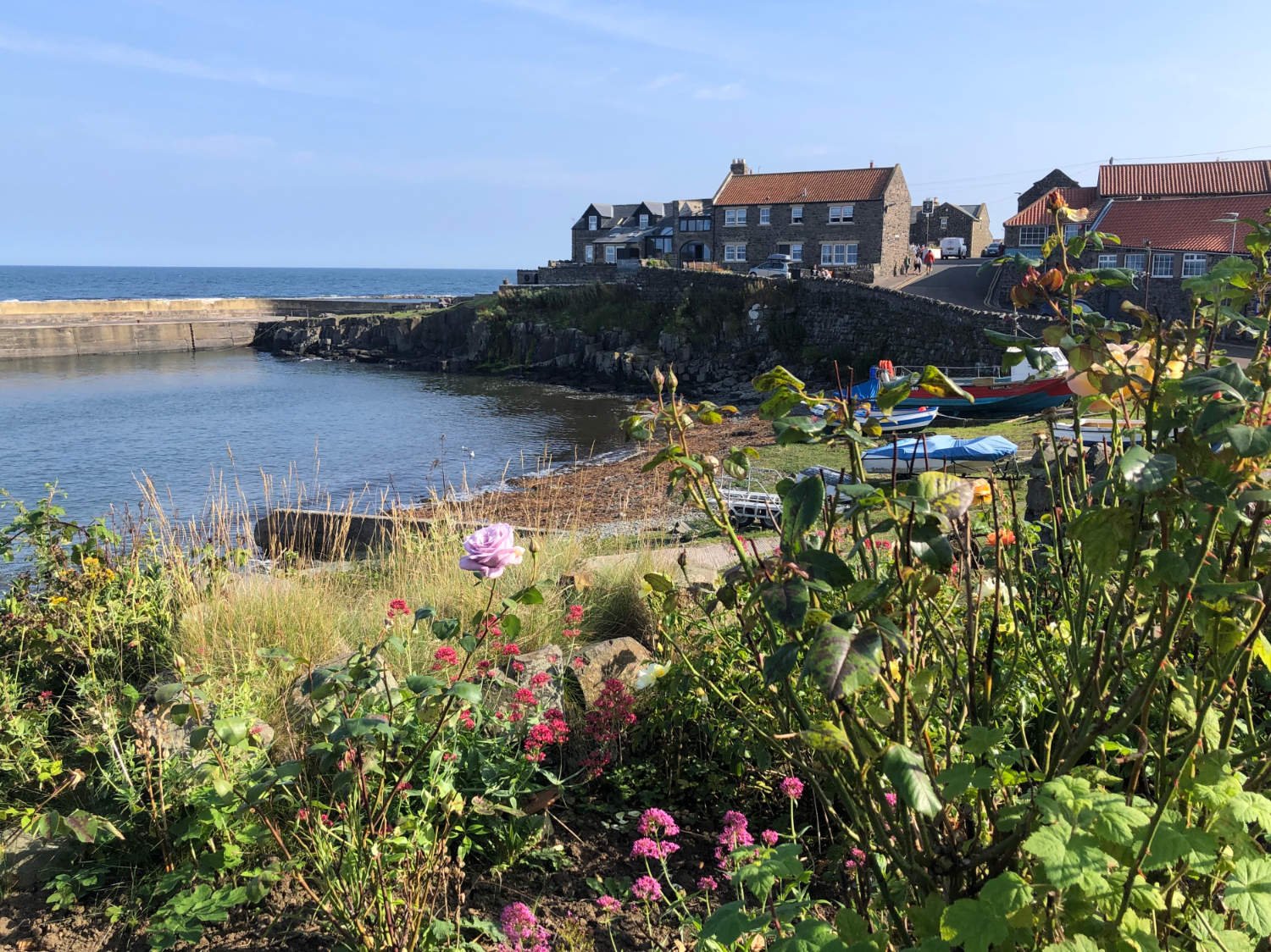
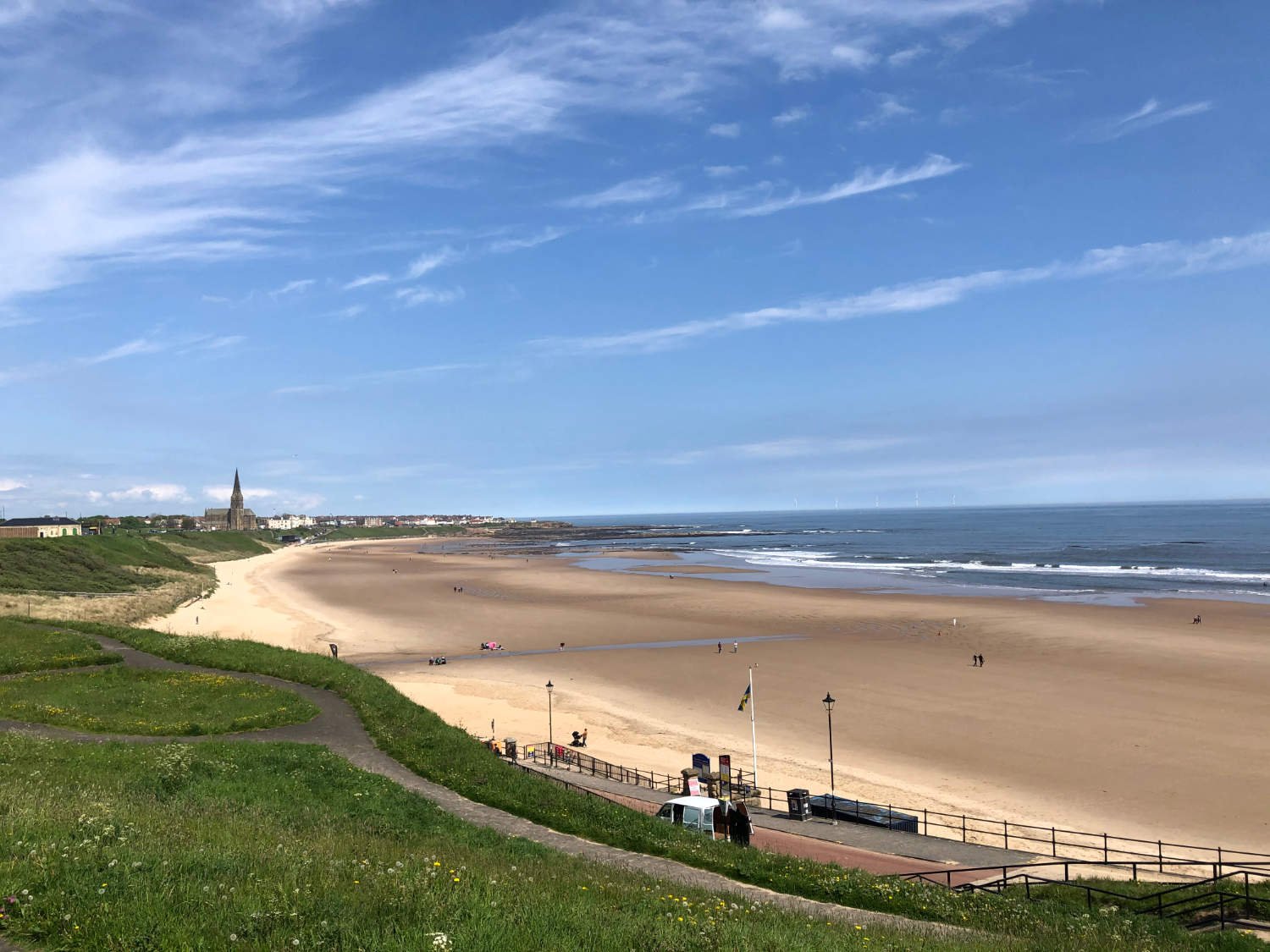
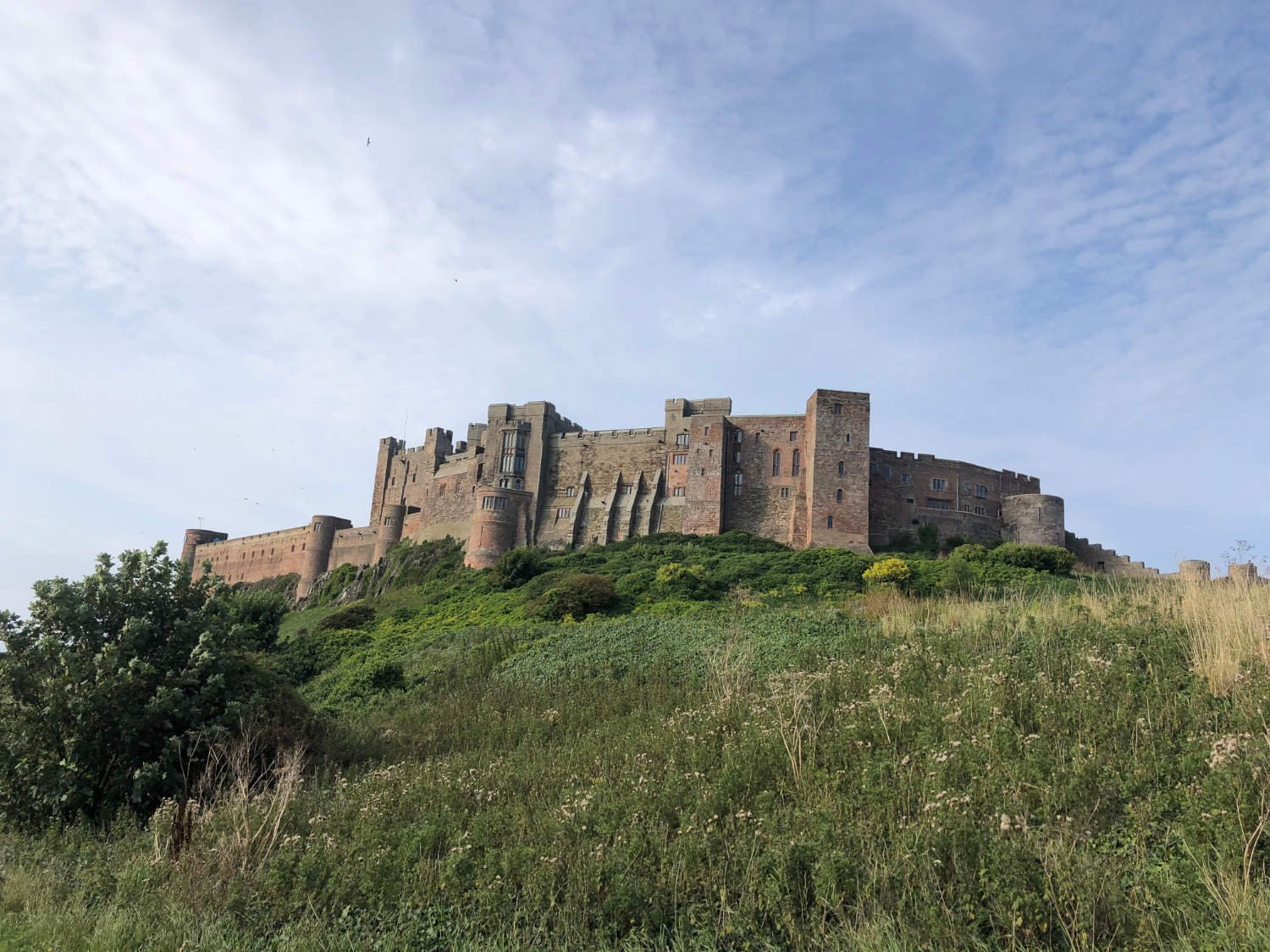
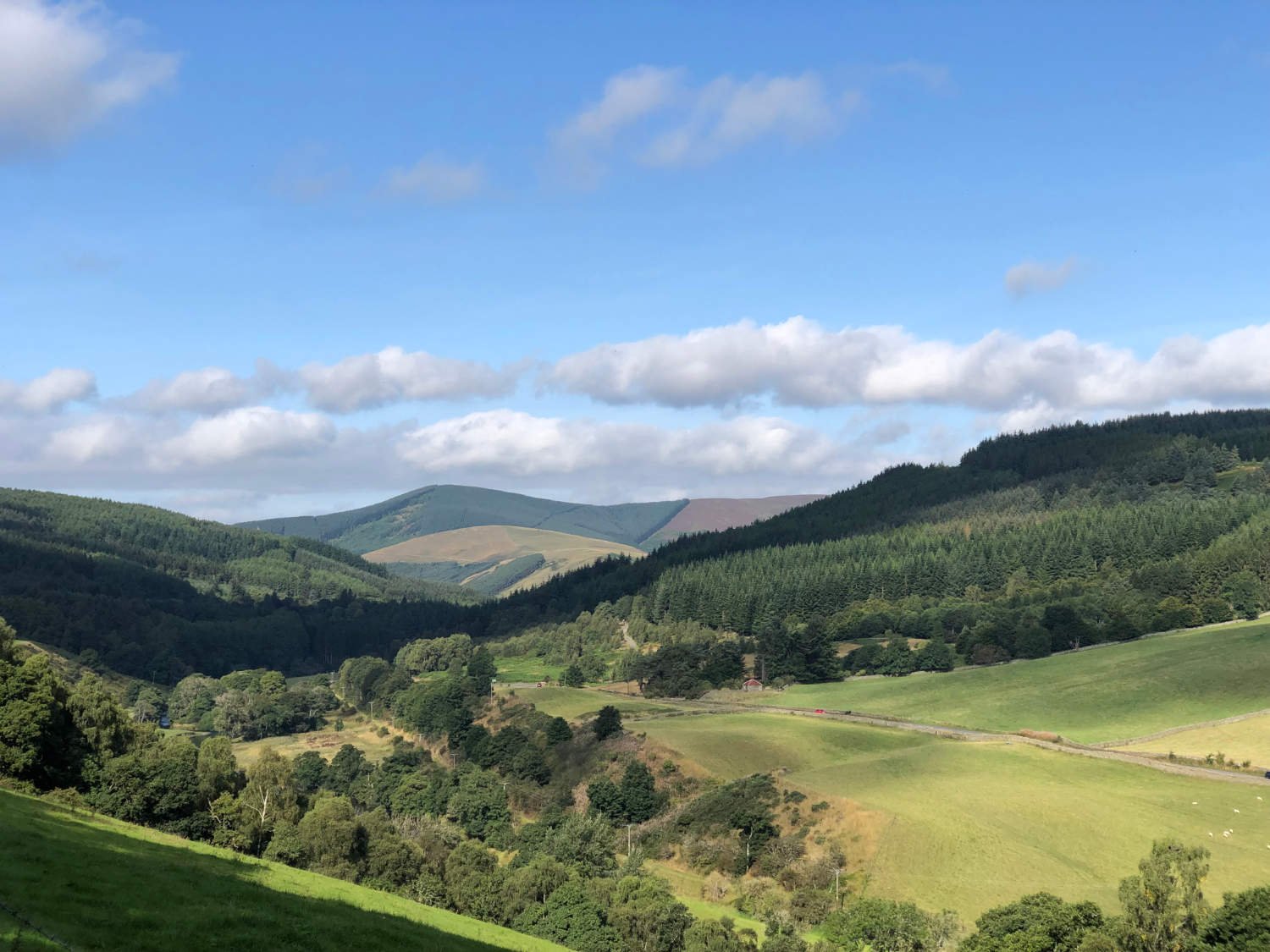
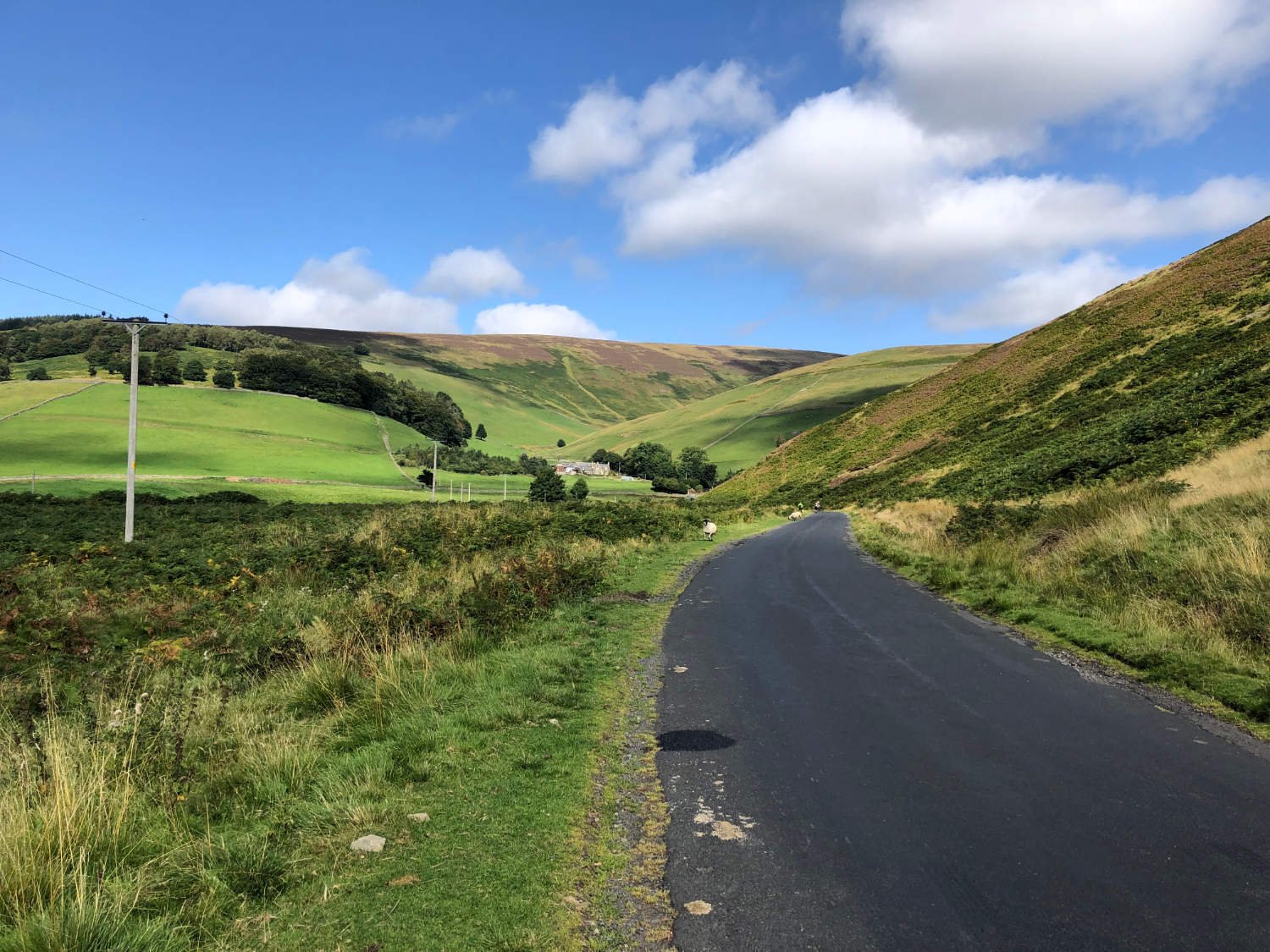

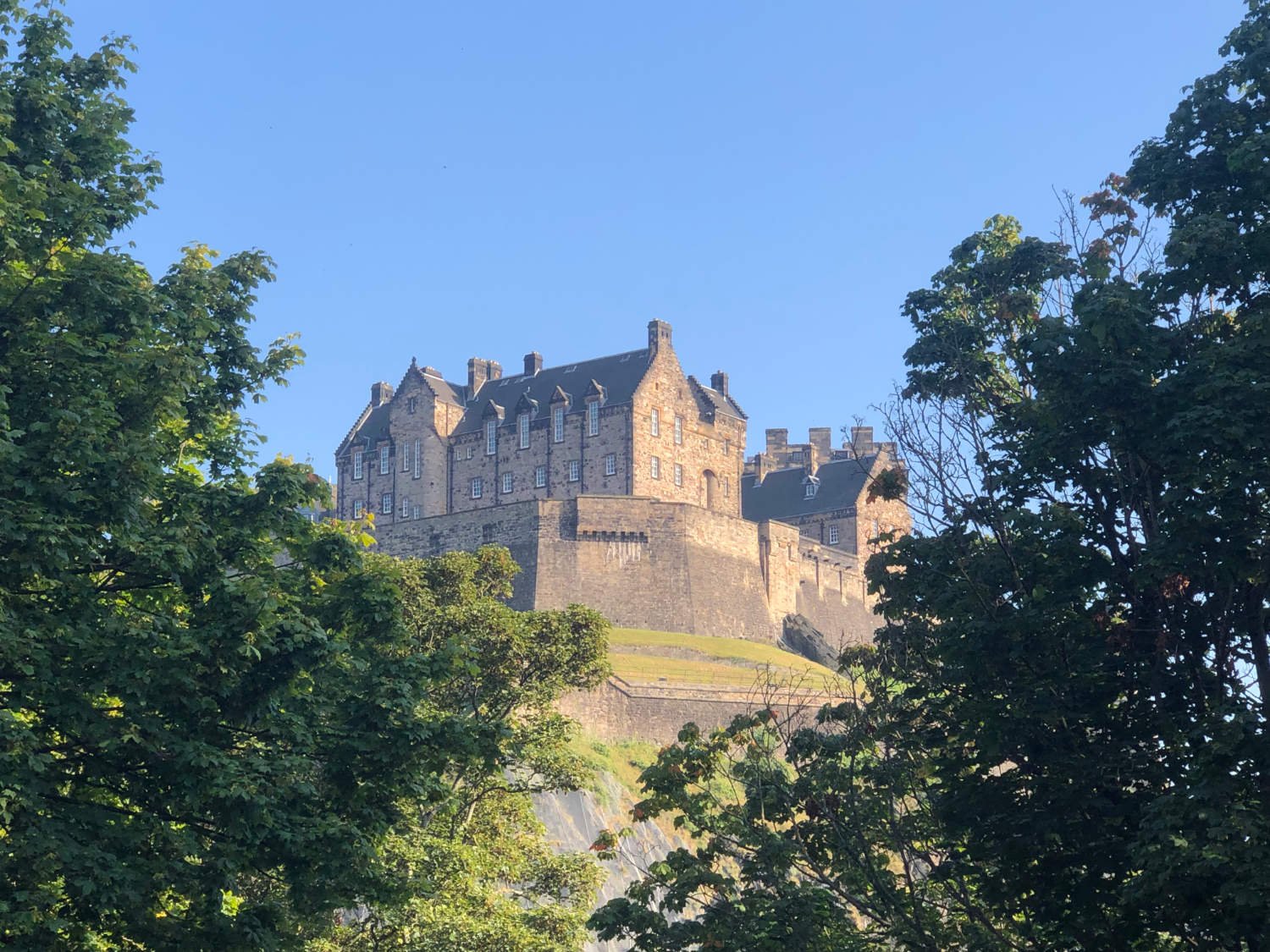
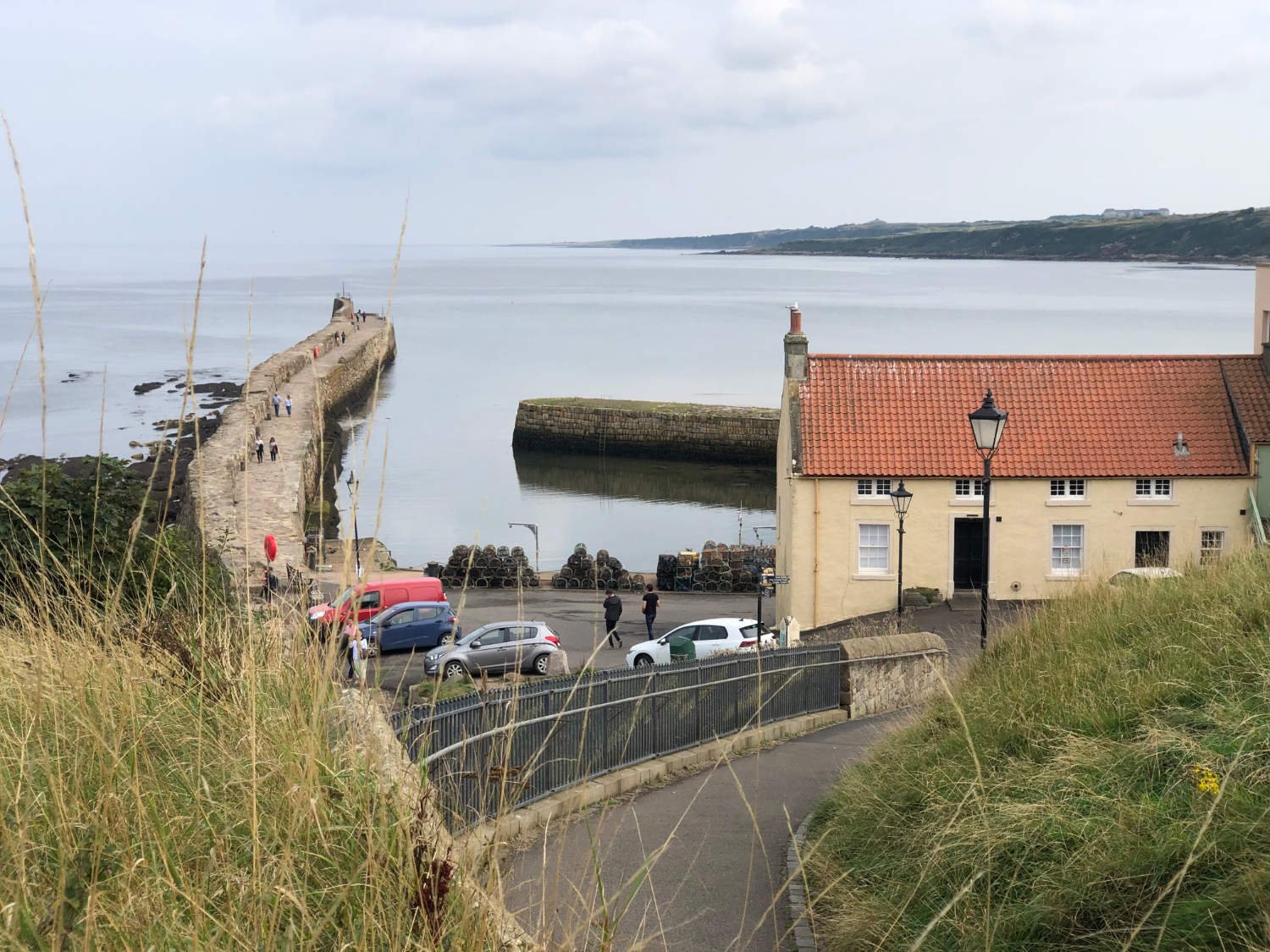
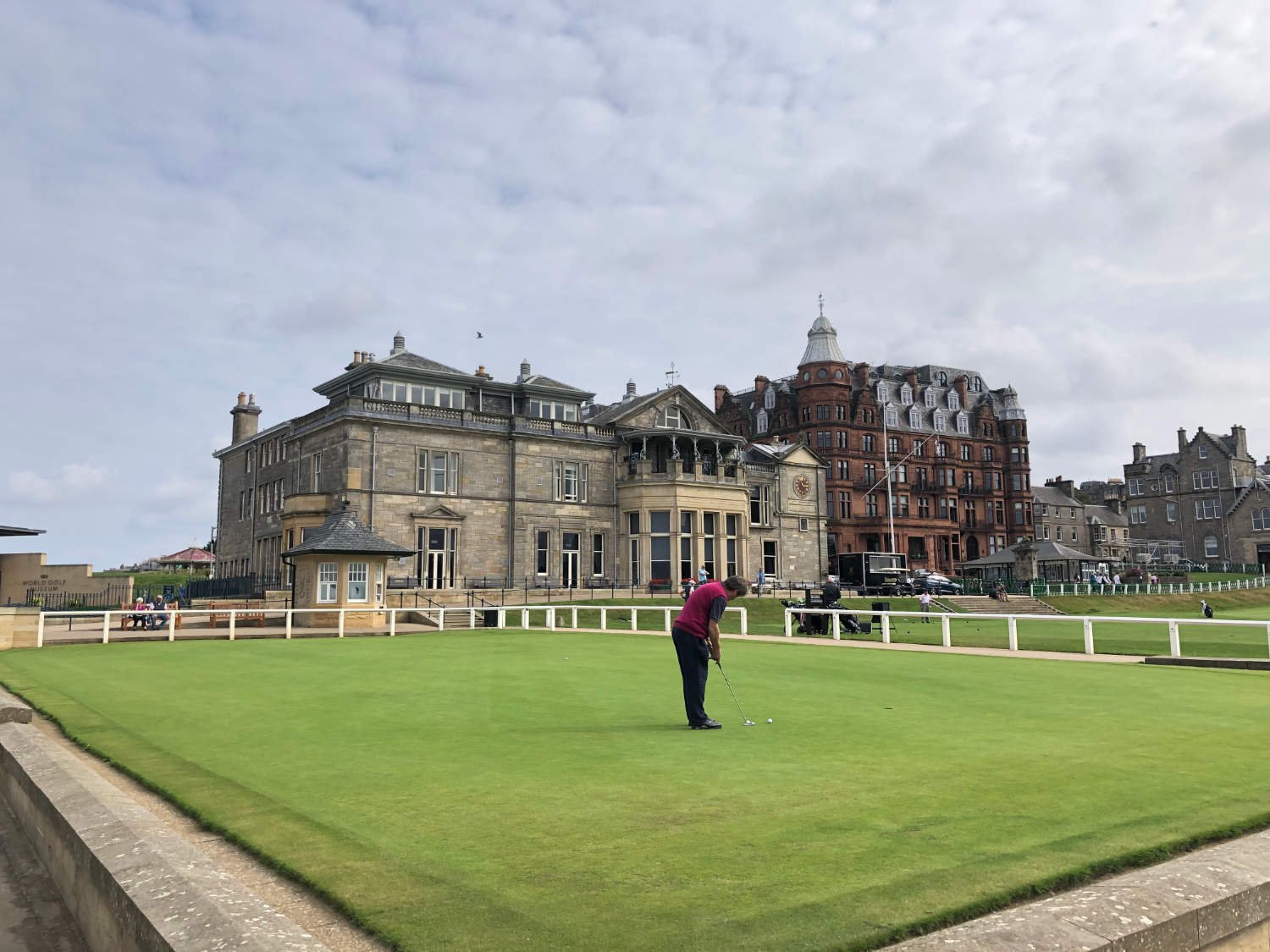
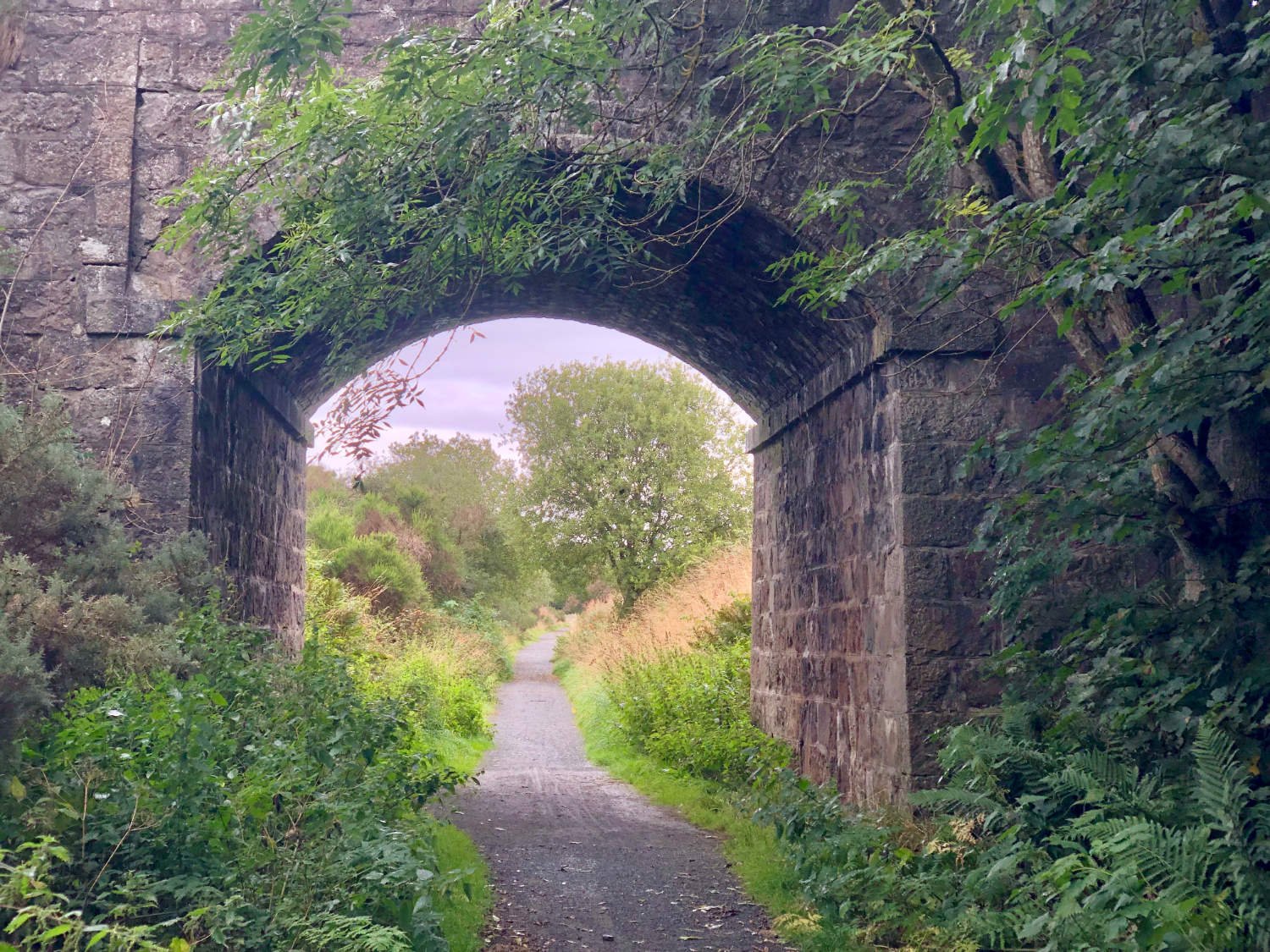
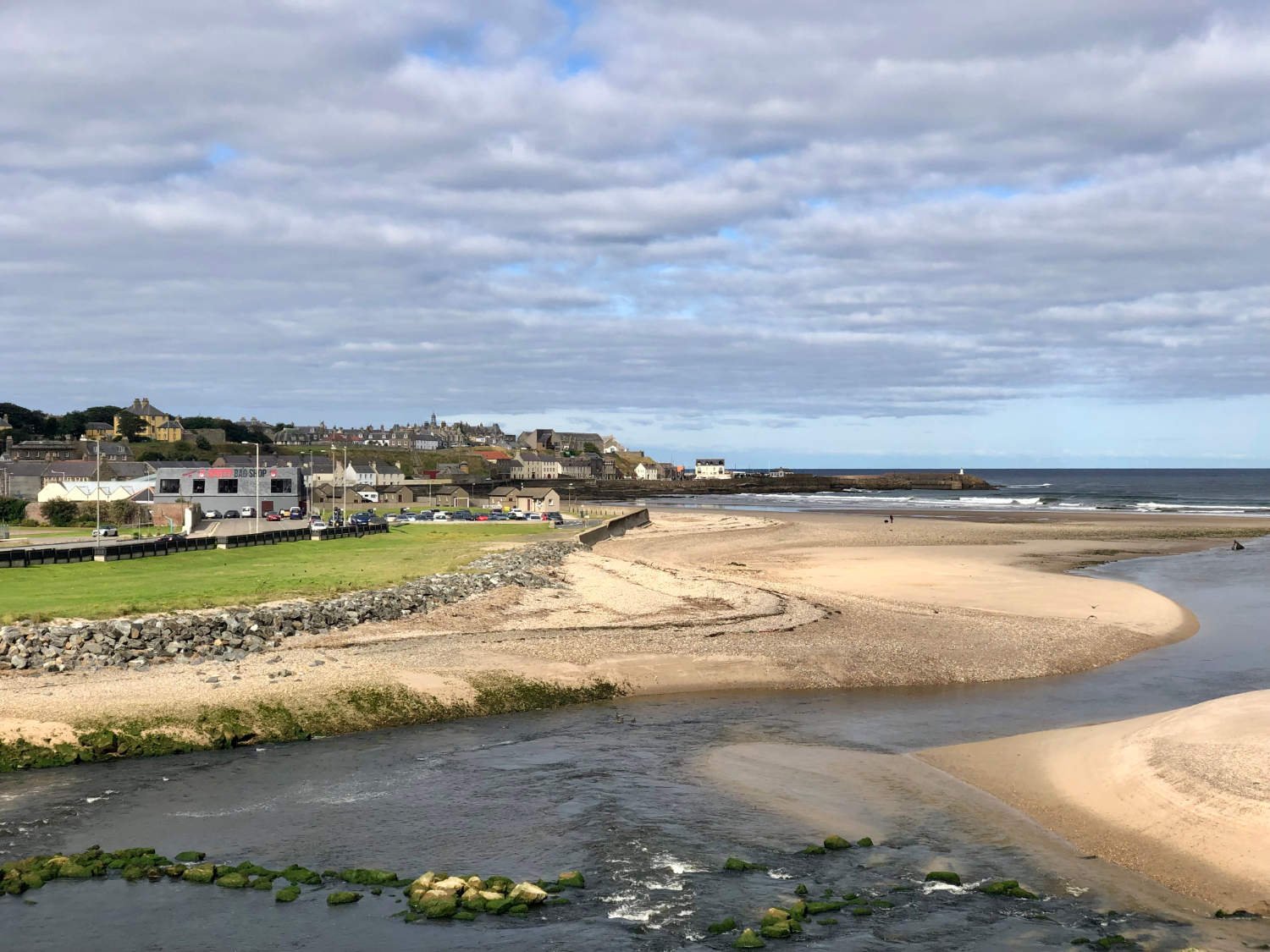

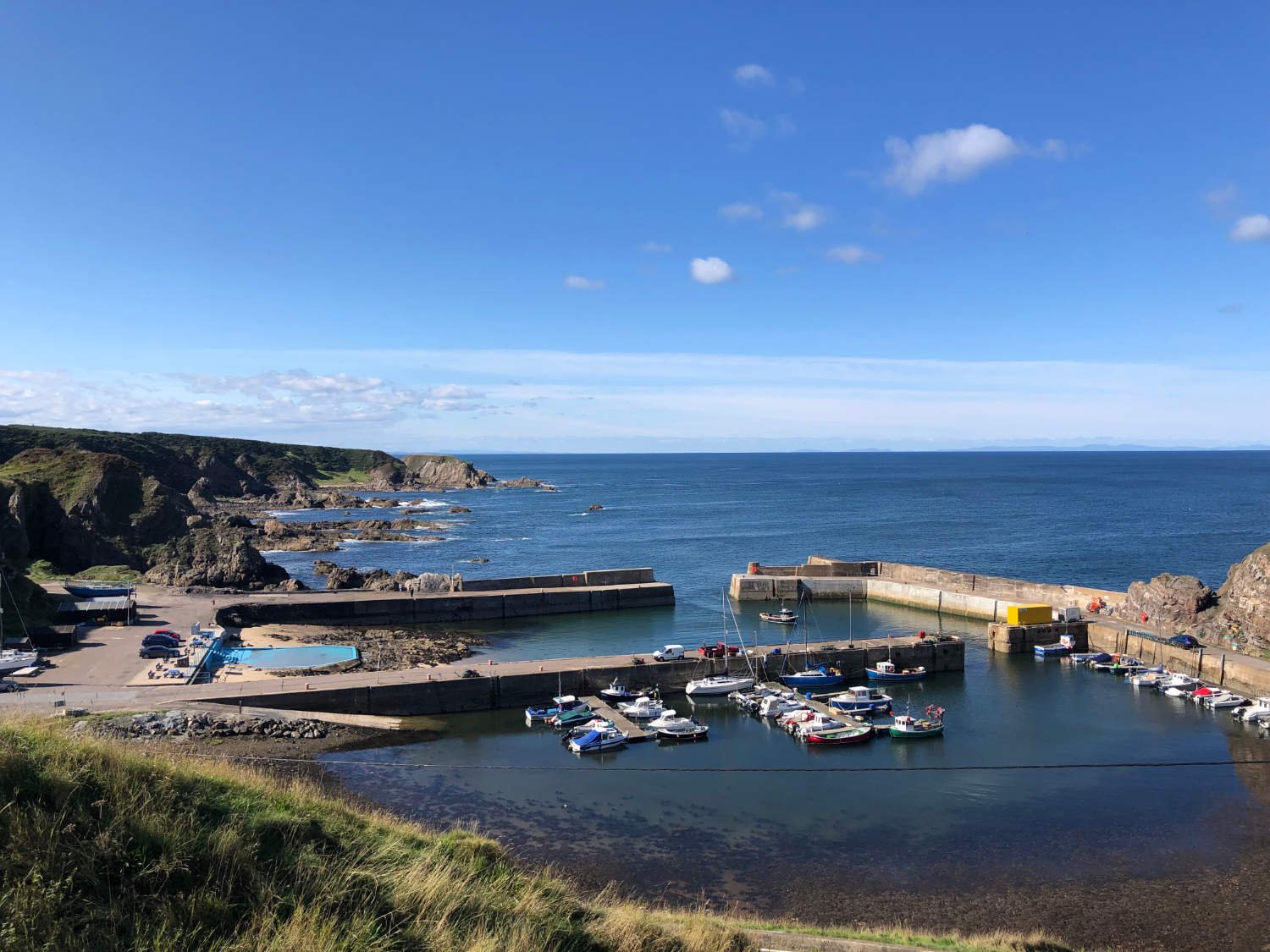
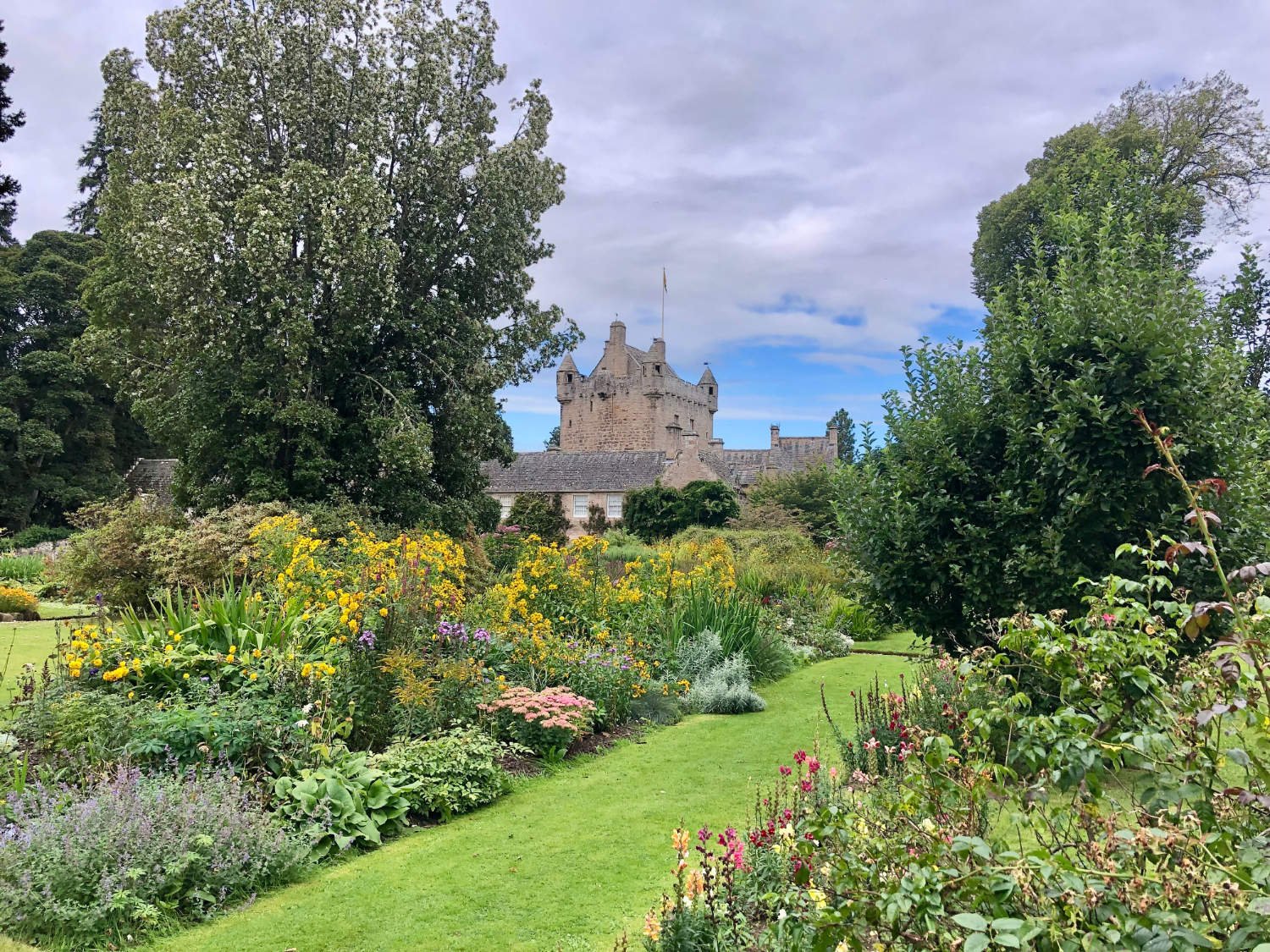
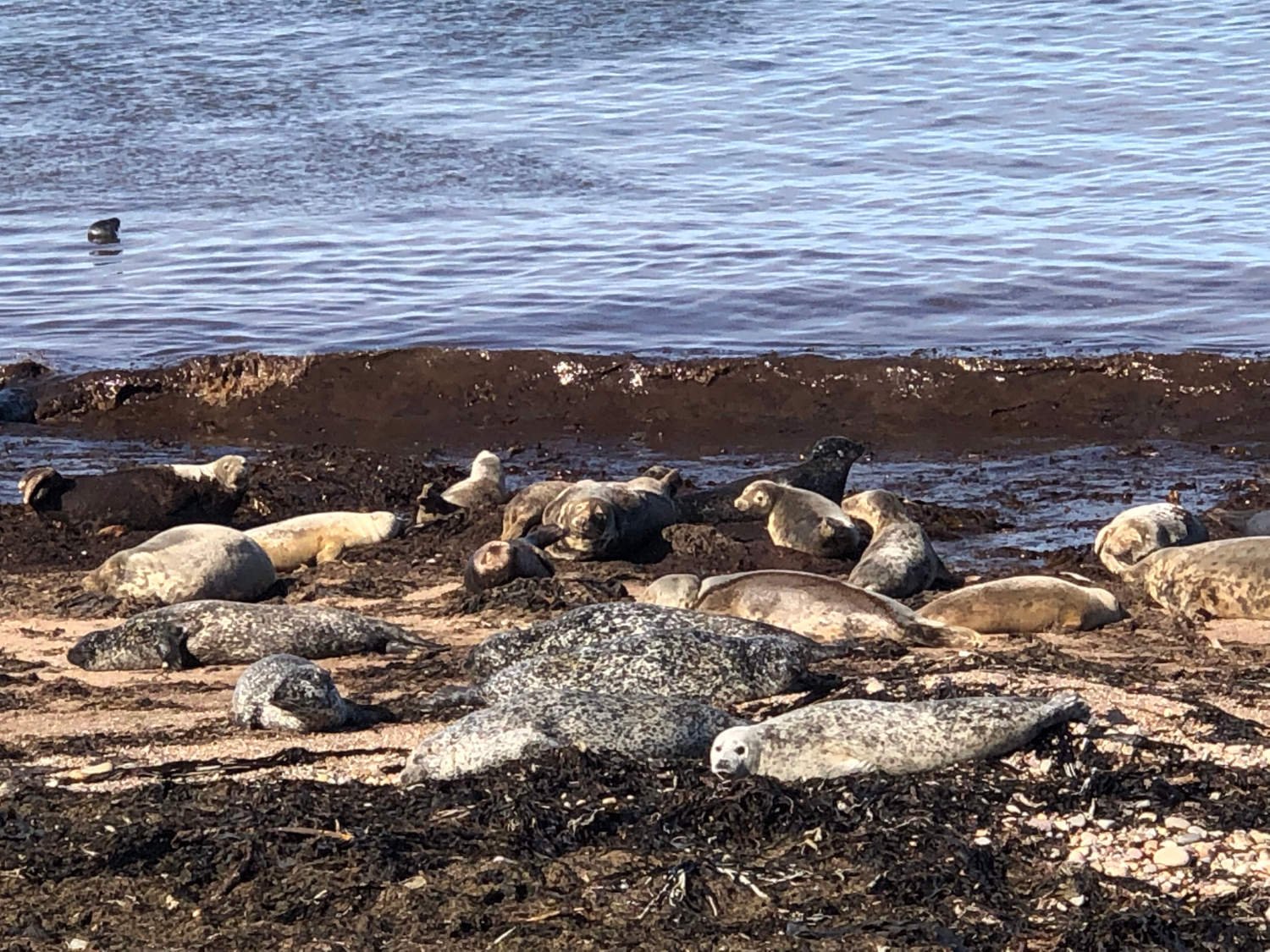
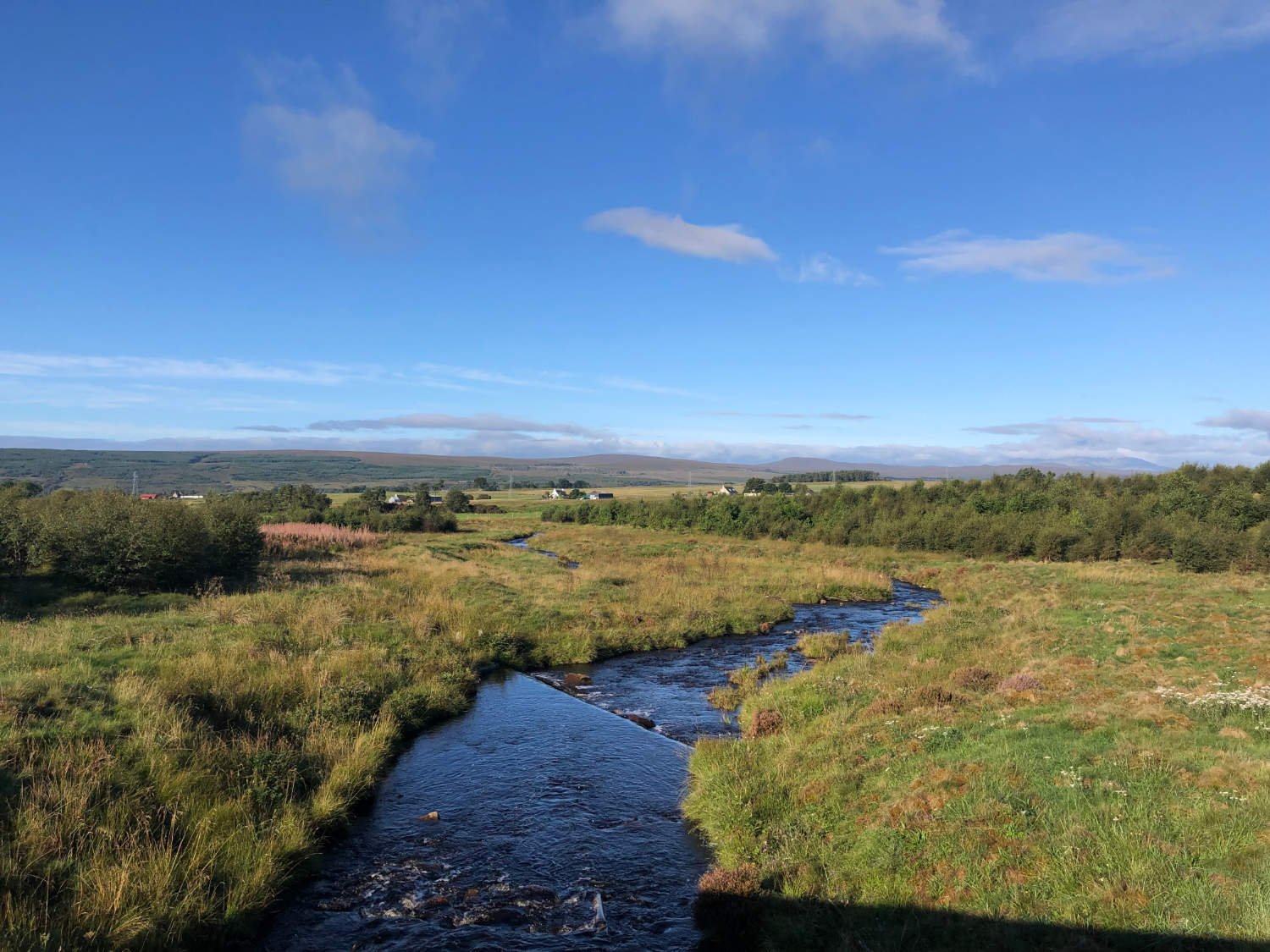
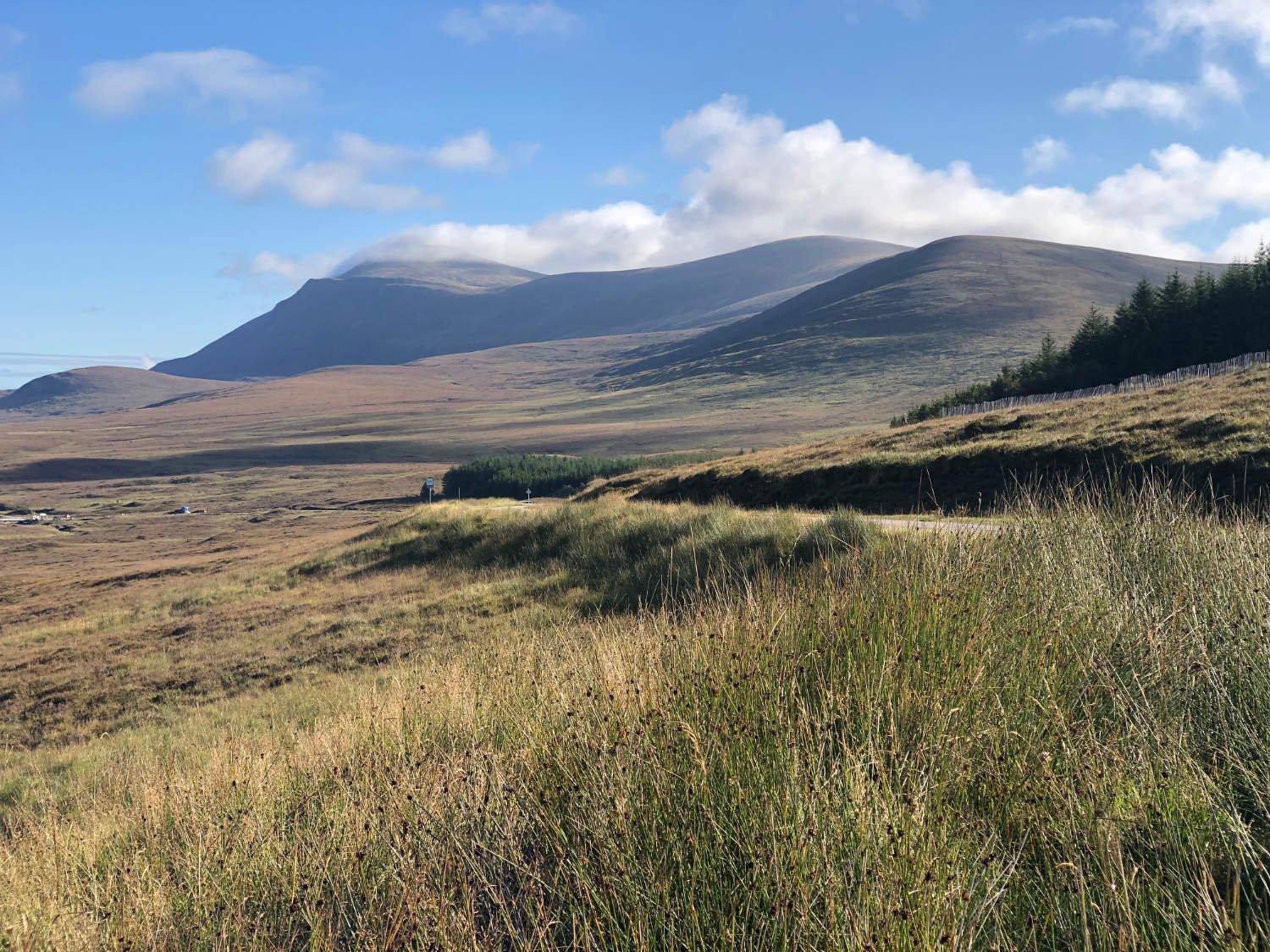
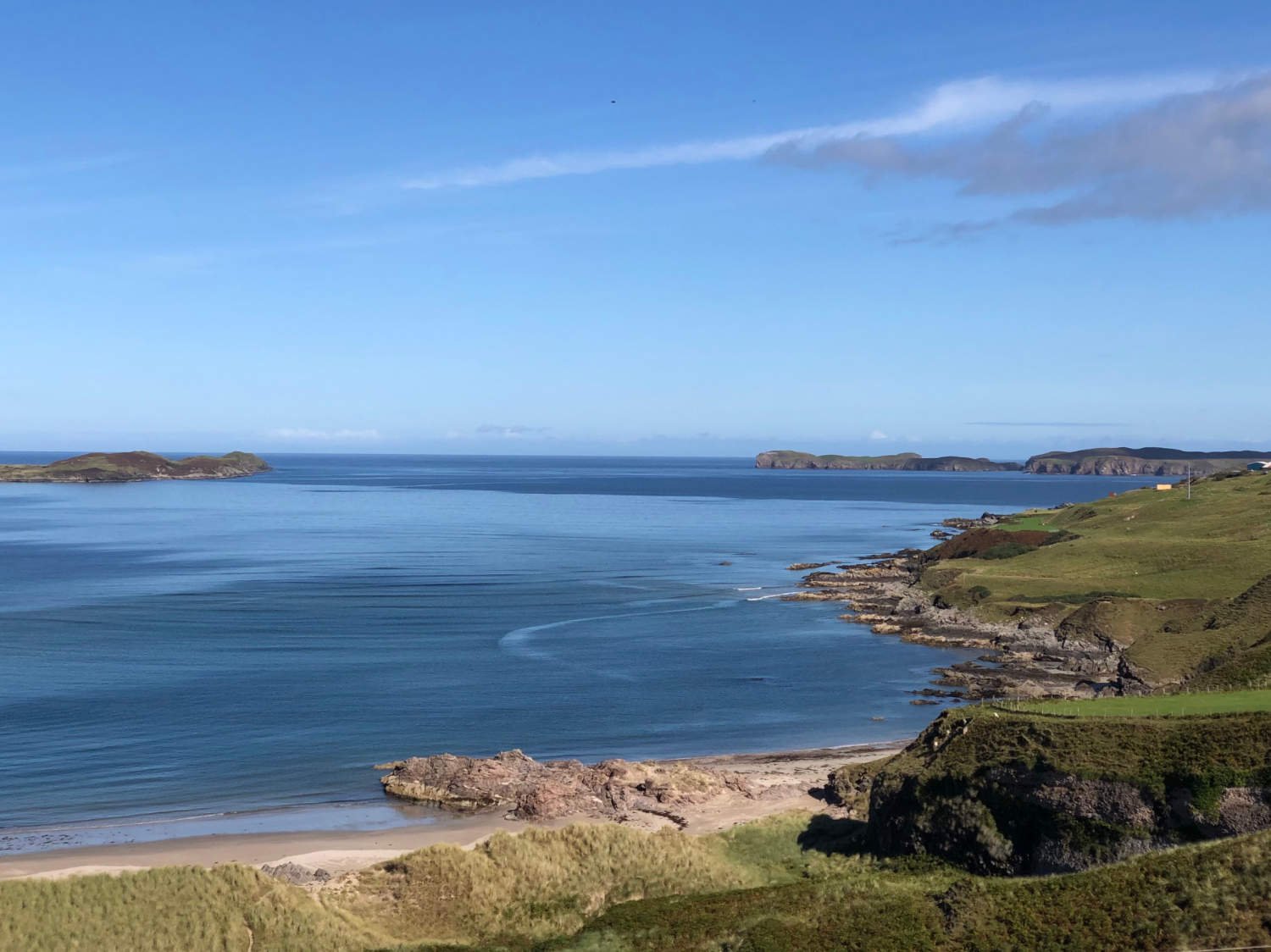
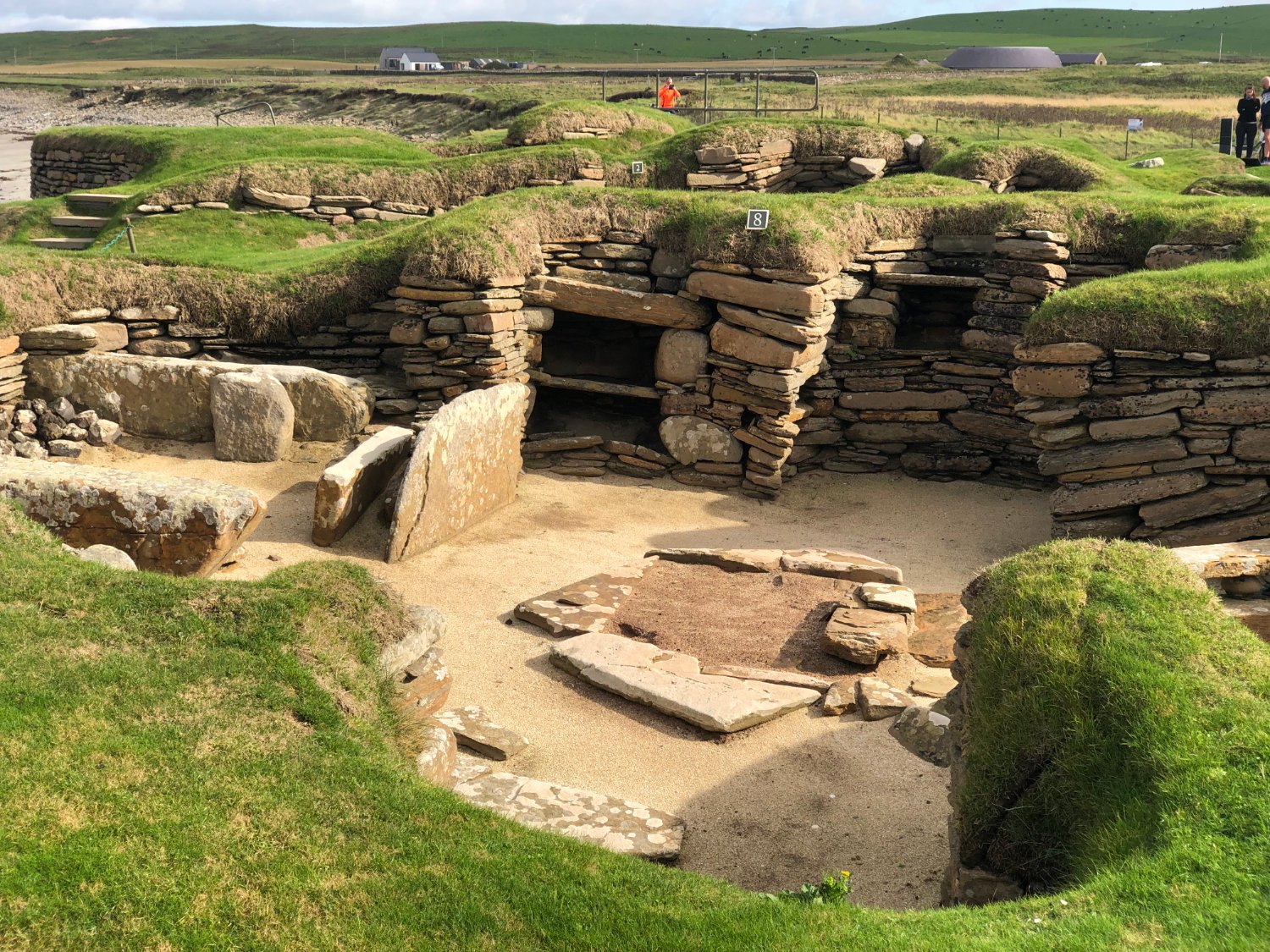
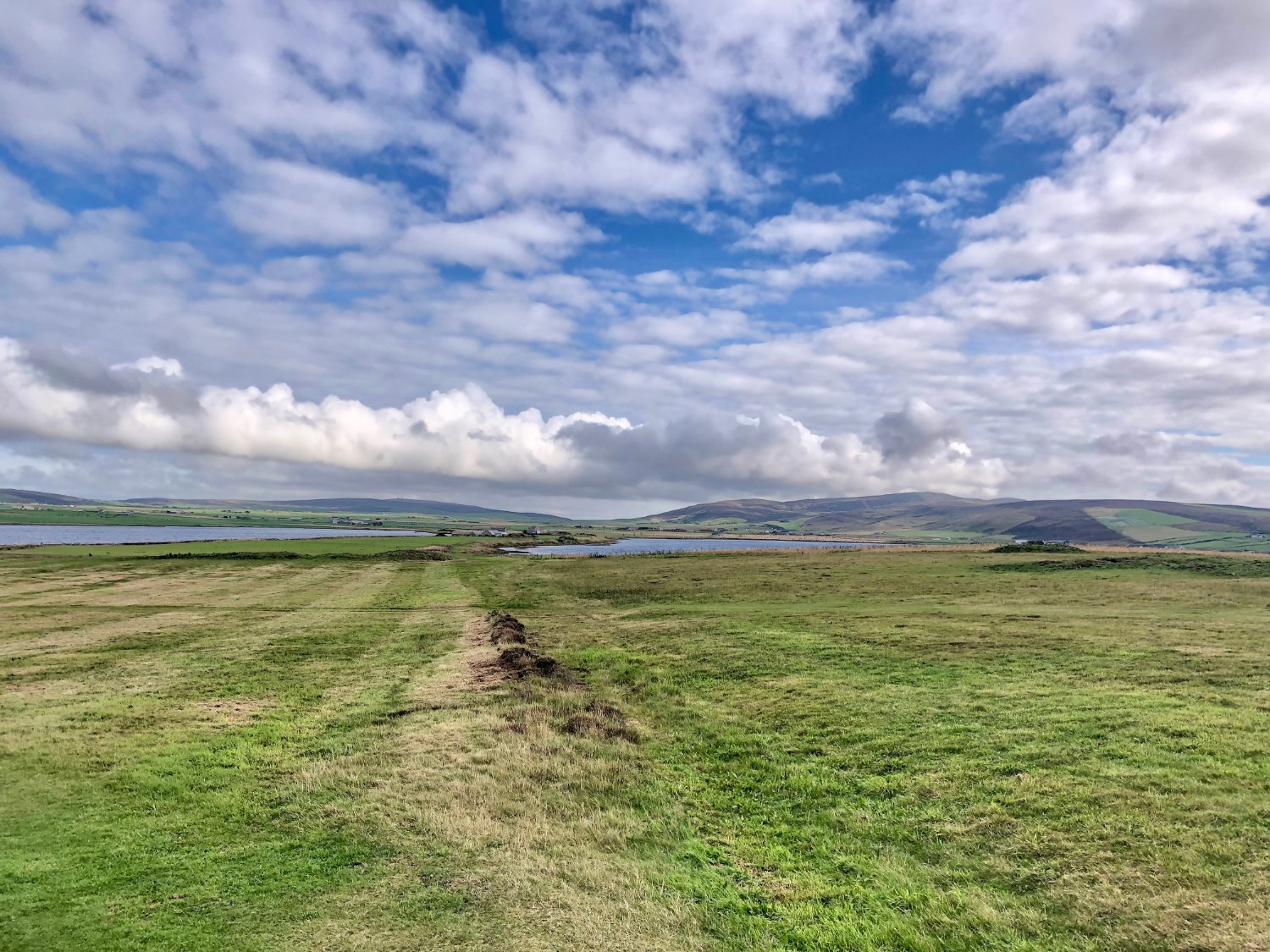
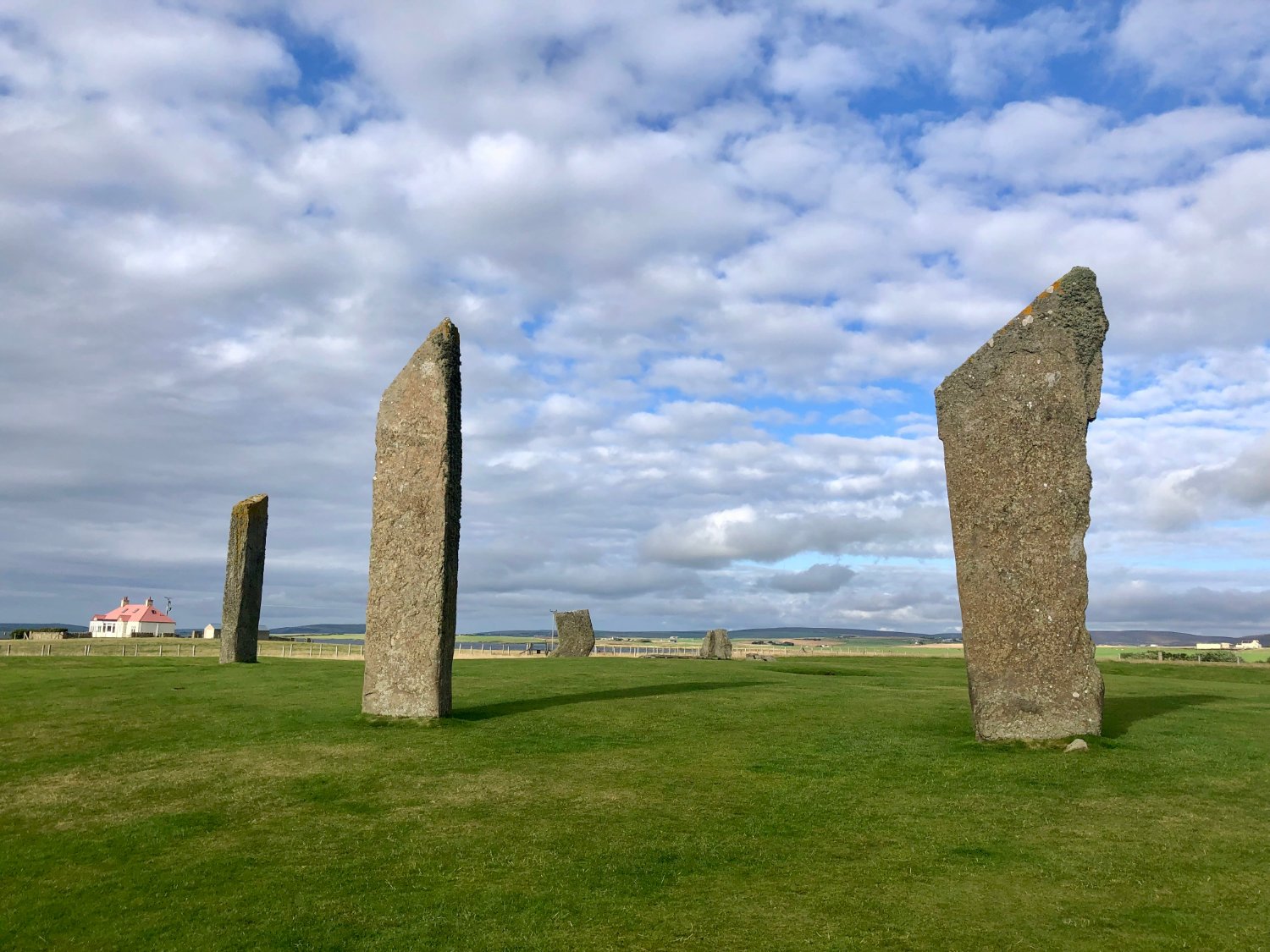
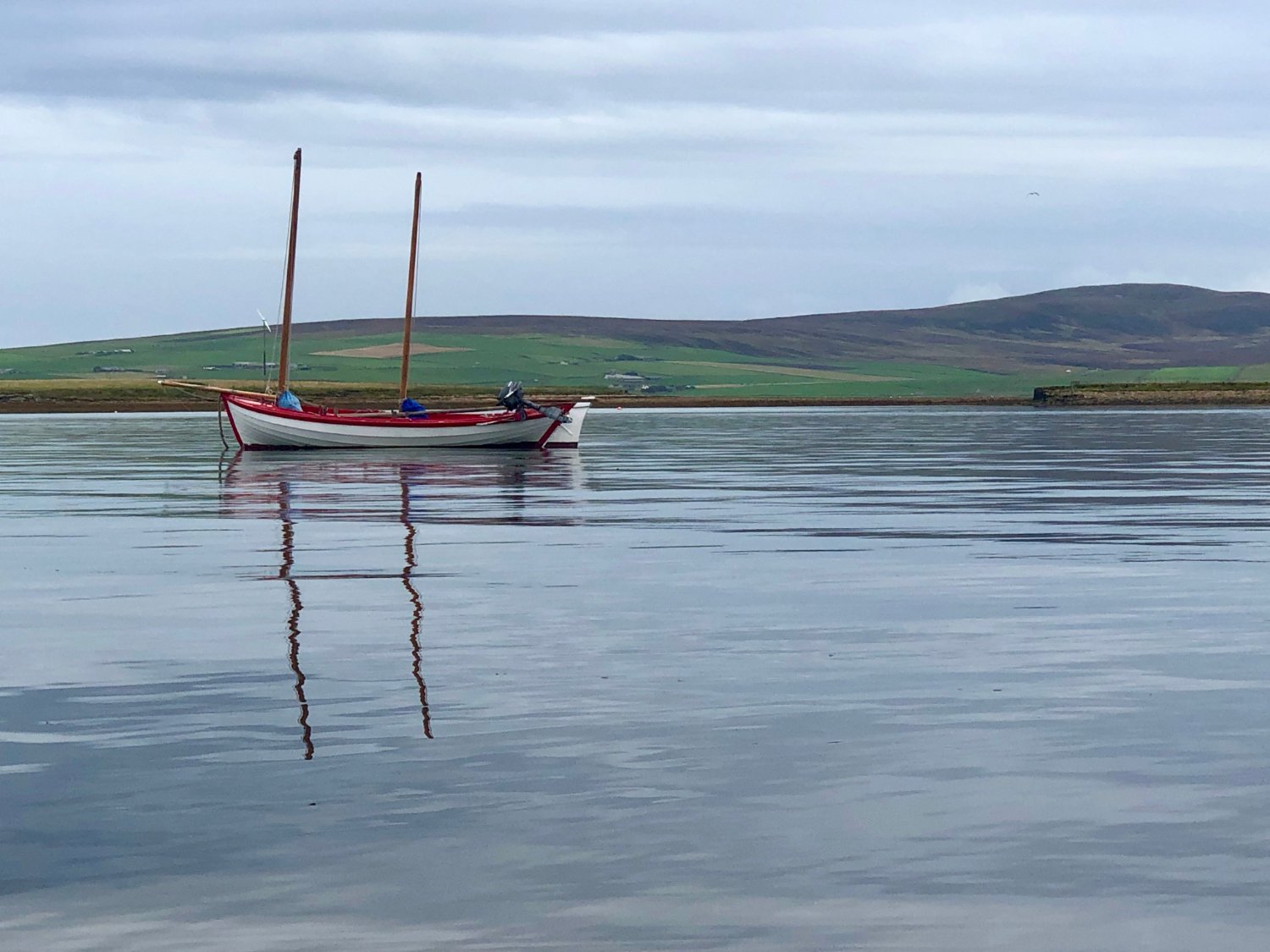
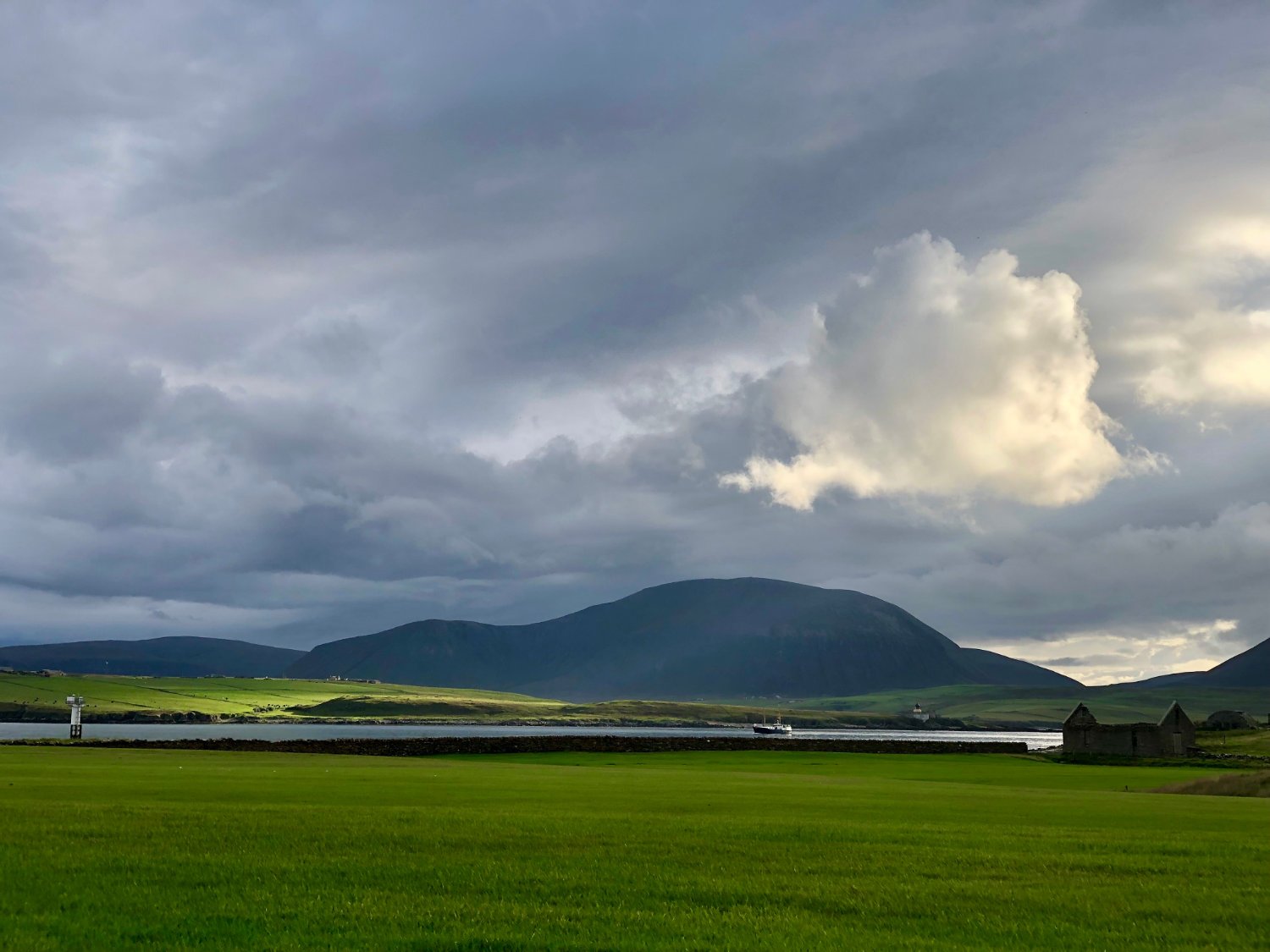
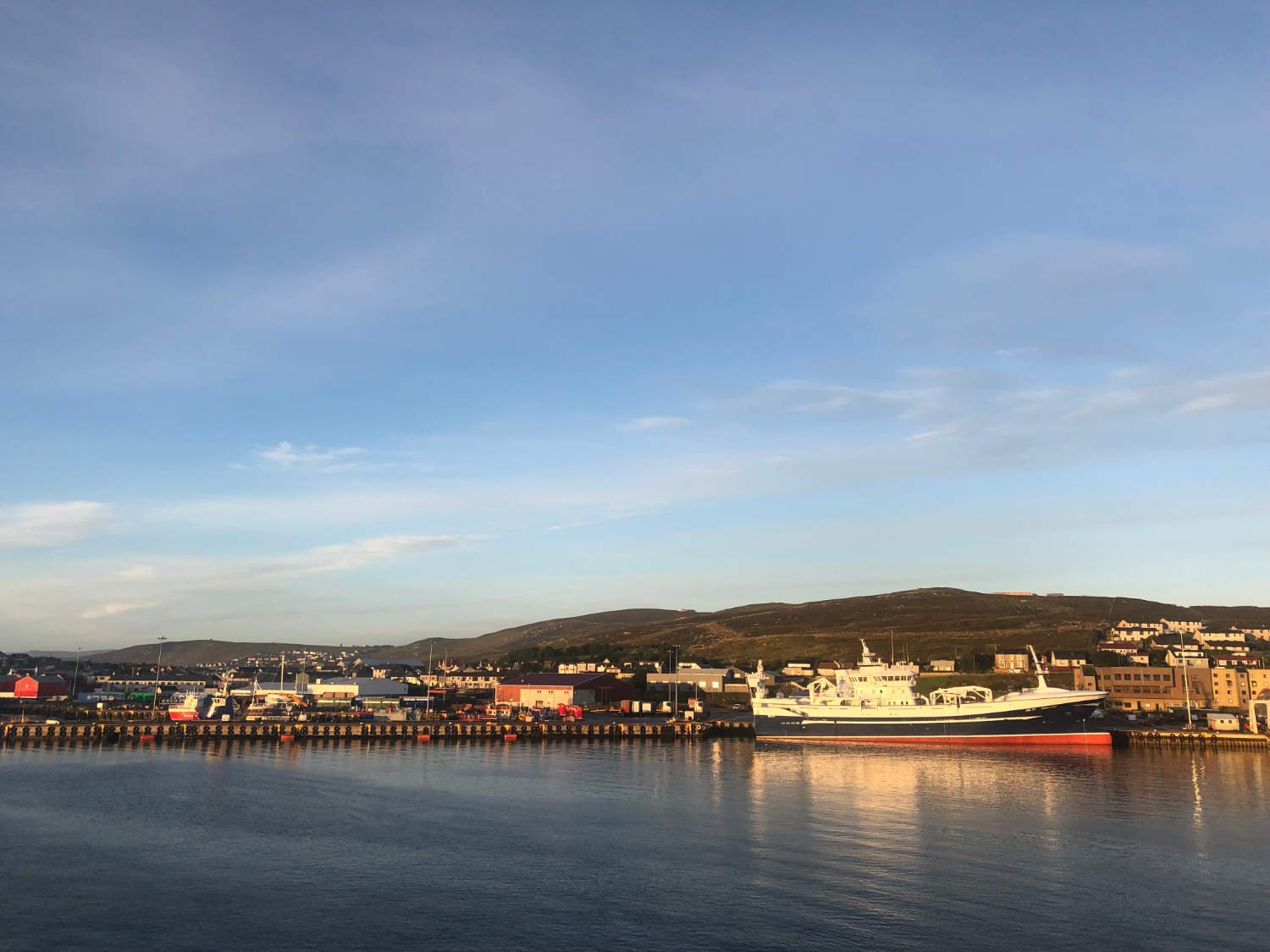
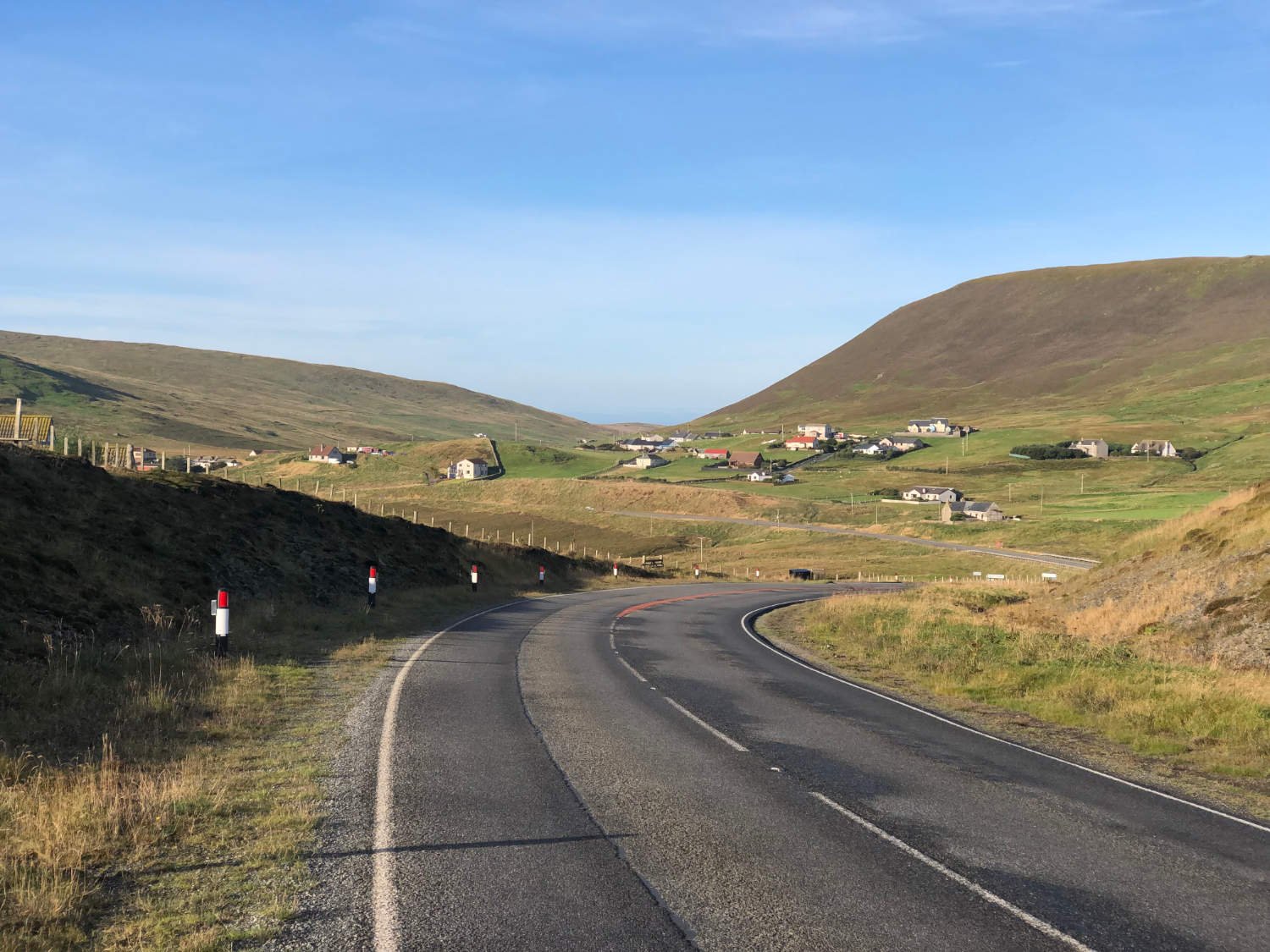
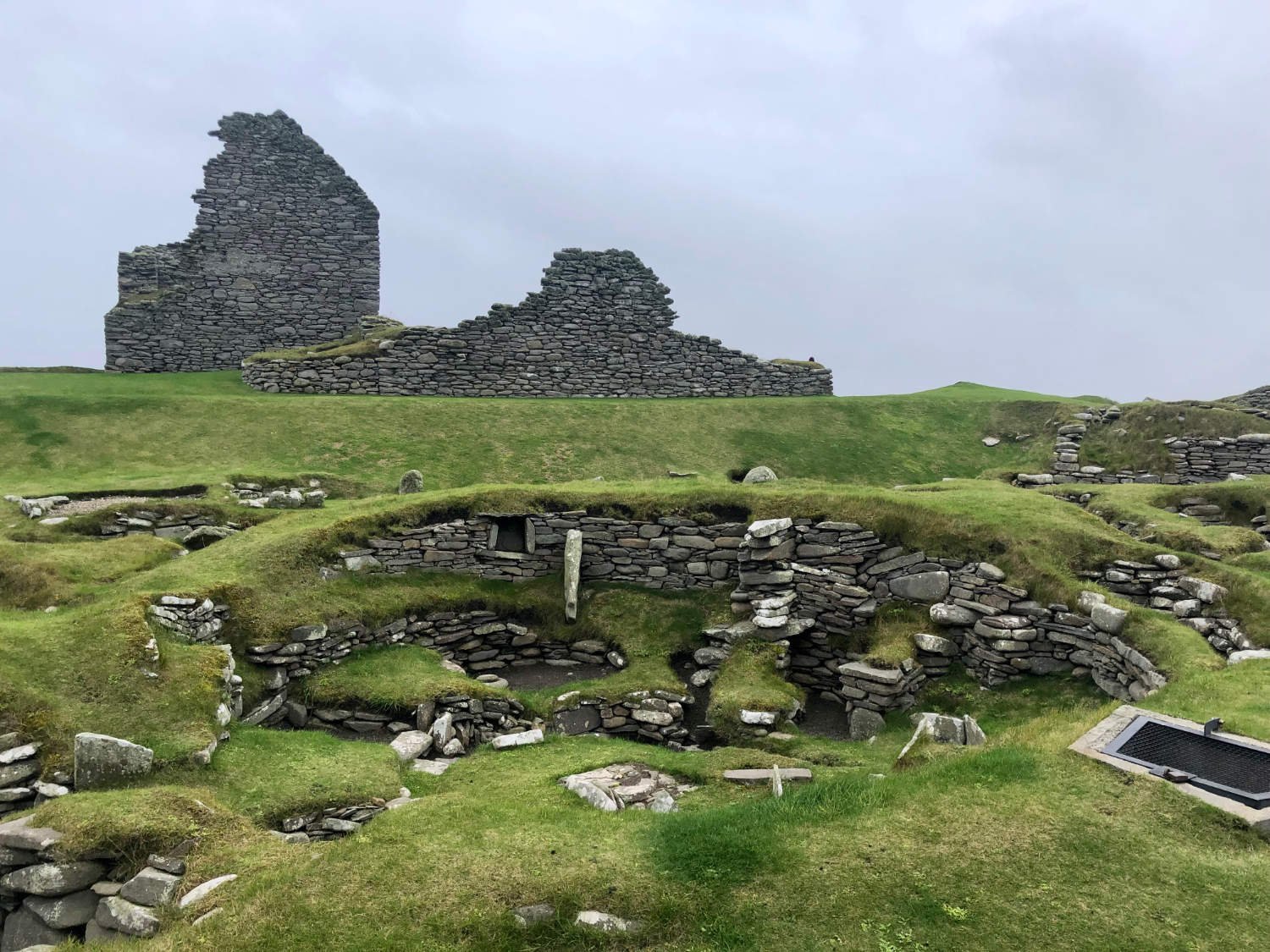
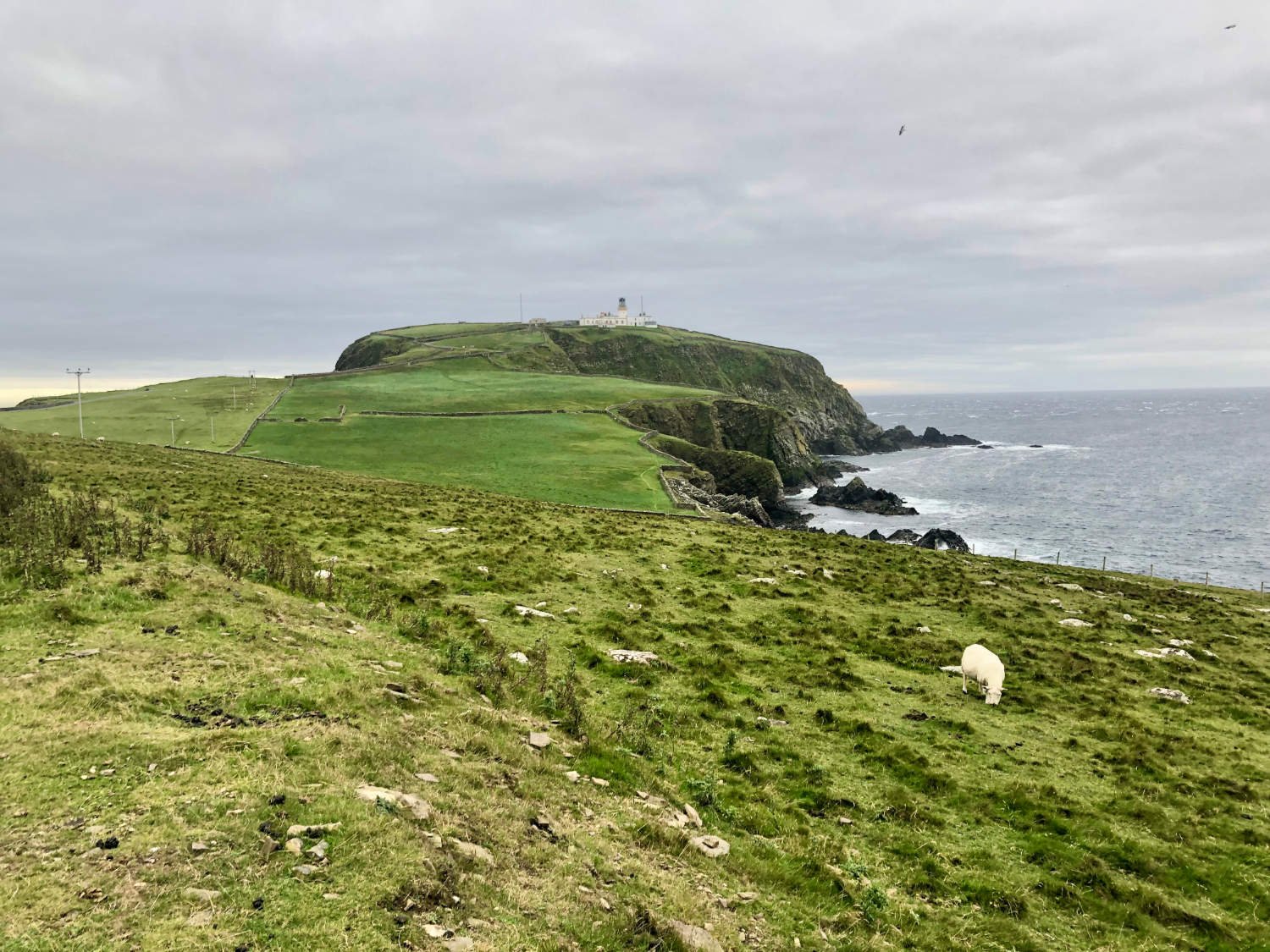

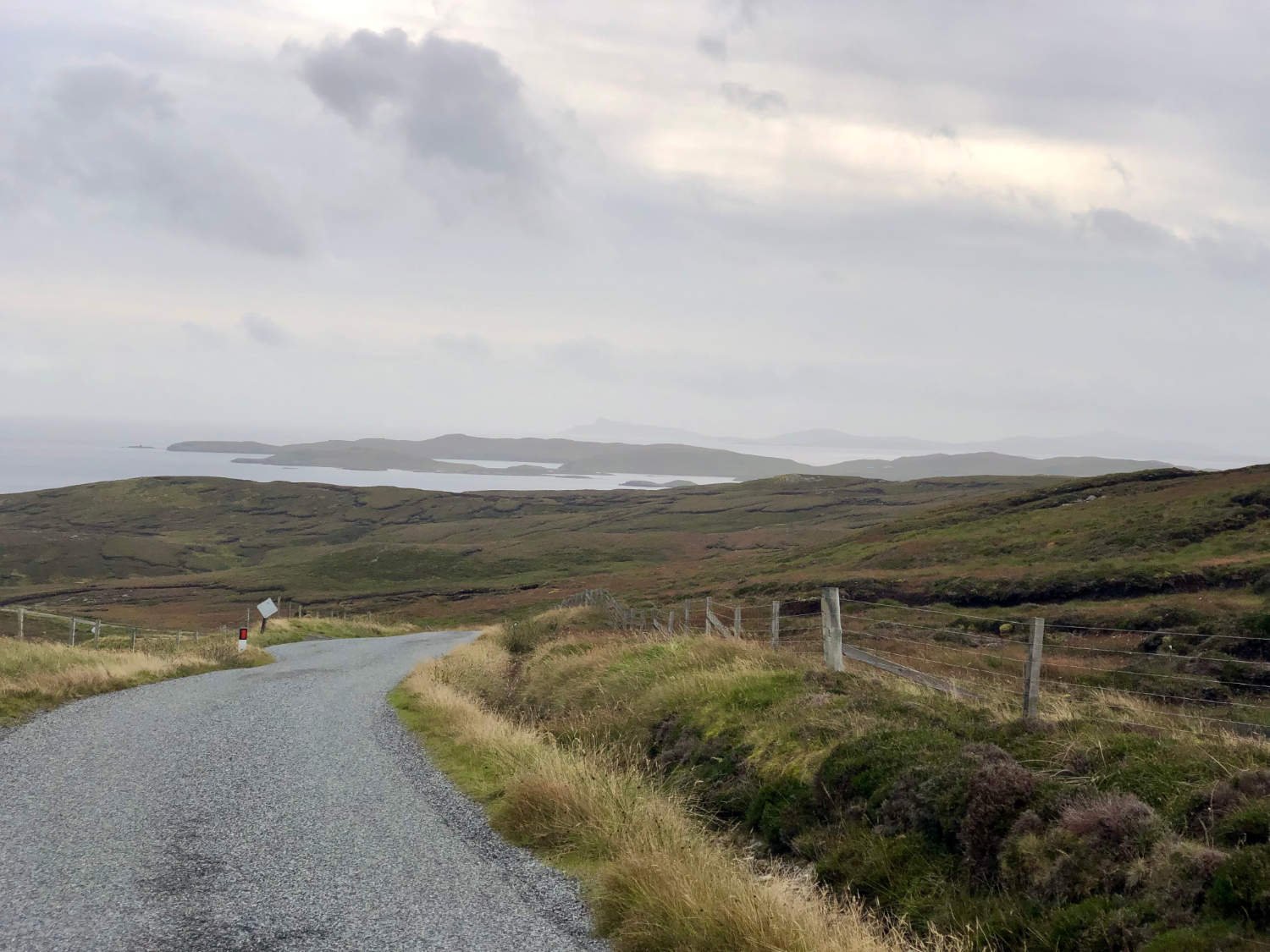
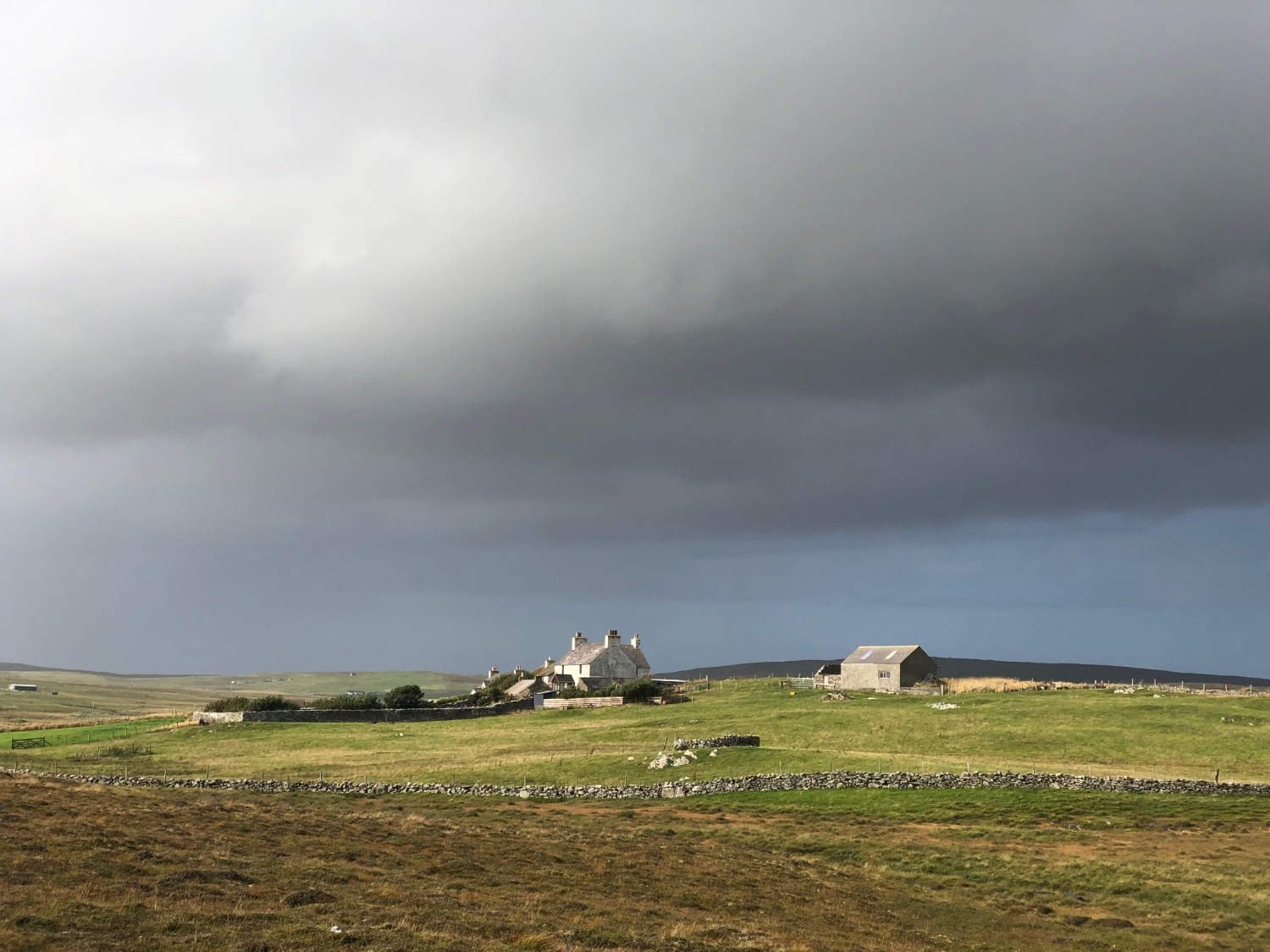
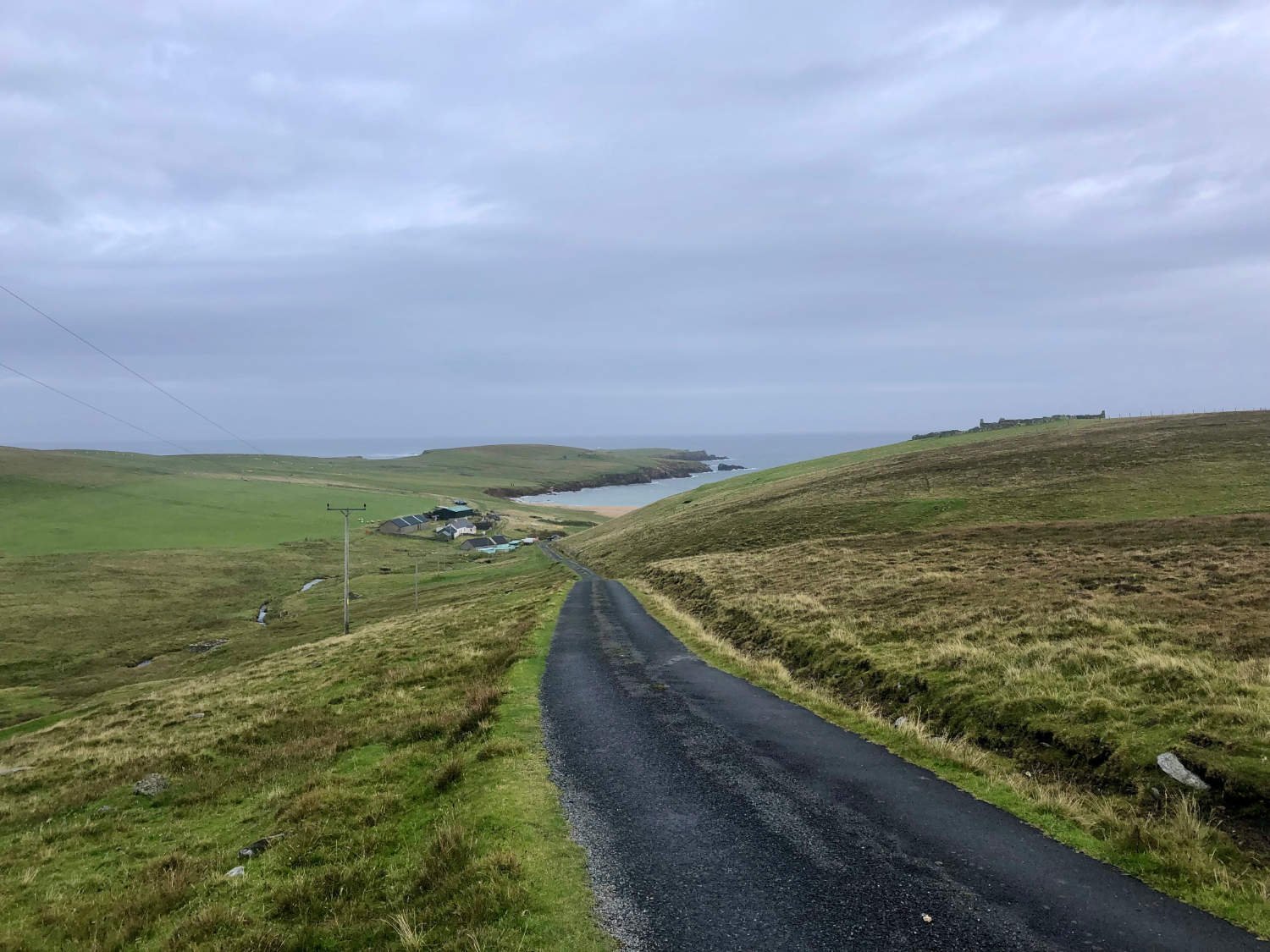
Every route on this website has been carefully researched as well as ridden. However situations on the ground can change quickly. If you know of changes to this route, or cafes, pubs and the like which you think other cyclists need to know about, feel free to share your thoughts below.
If you enjoyed this guide, why not subscribe to the website so as not to miss other inspirational routes?
wheremywheelsgo.uk is a Feedspot UK Cycling top website



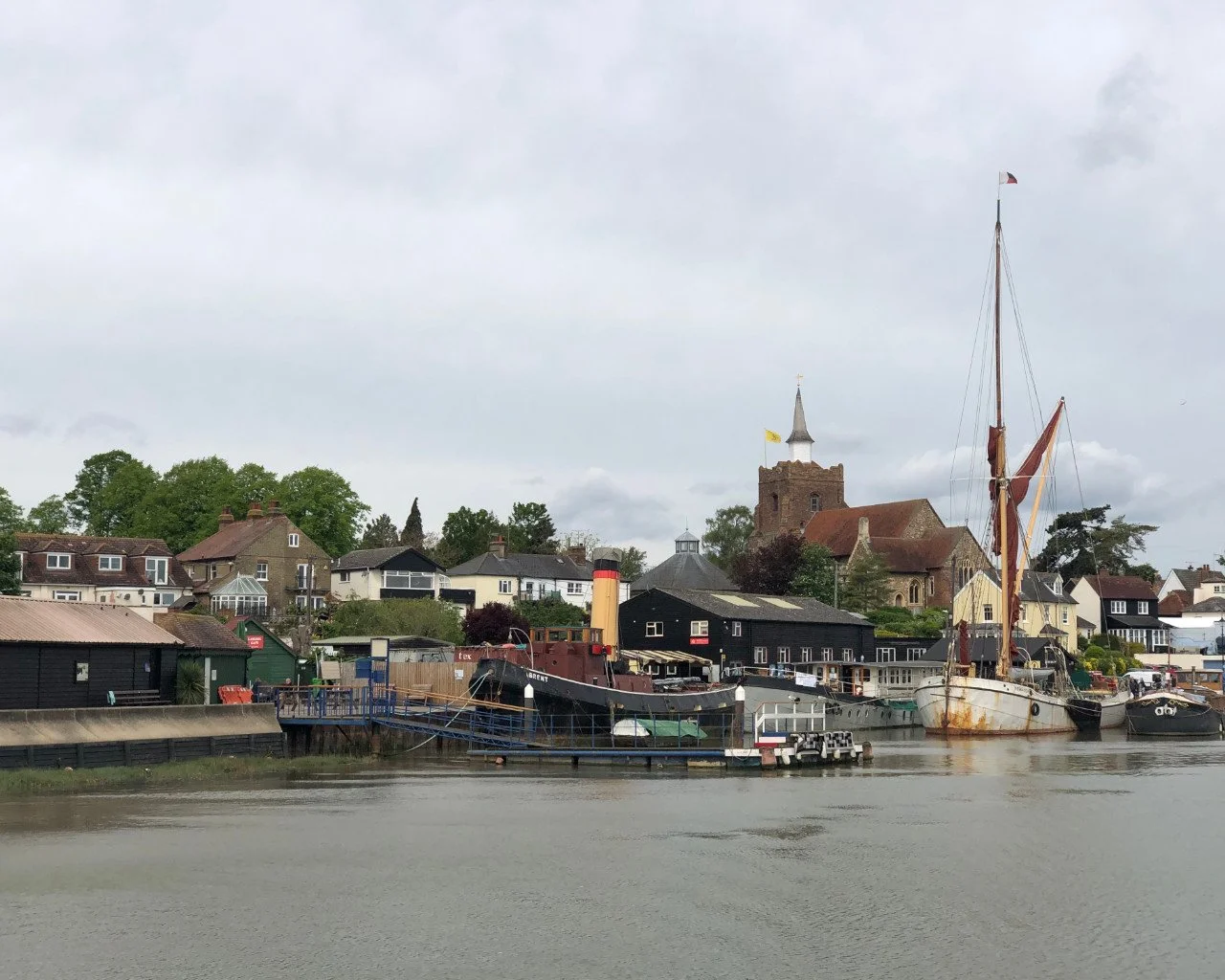






















Dover to Shetland